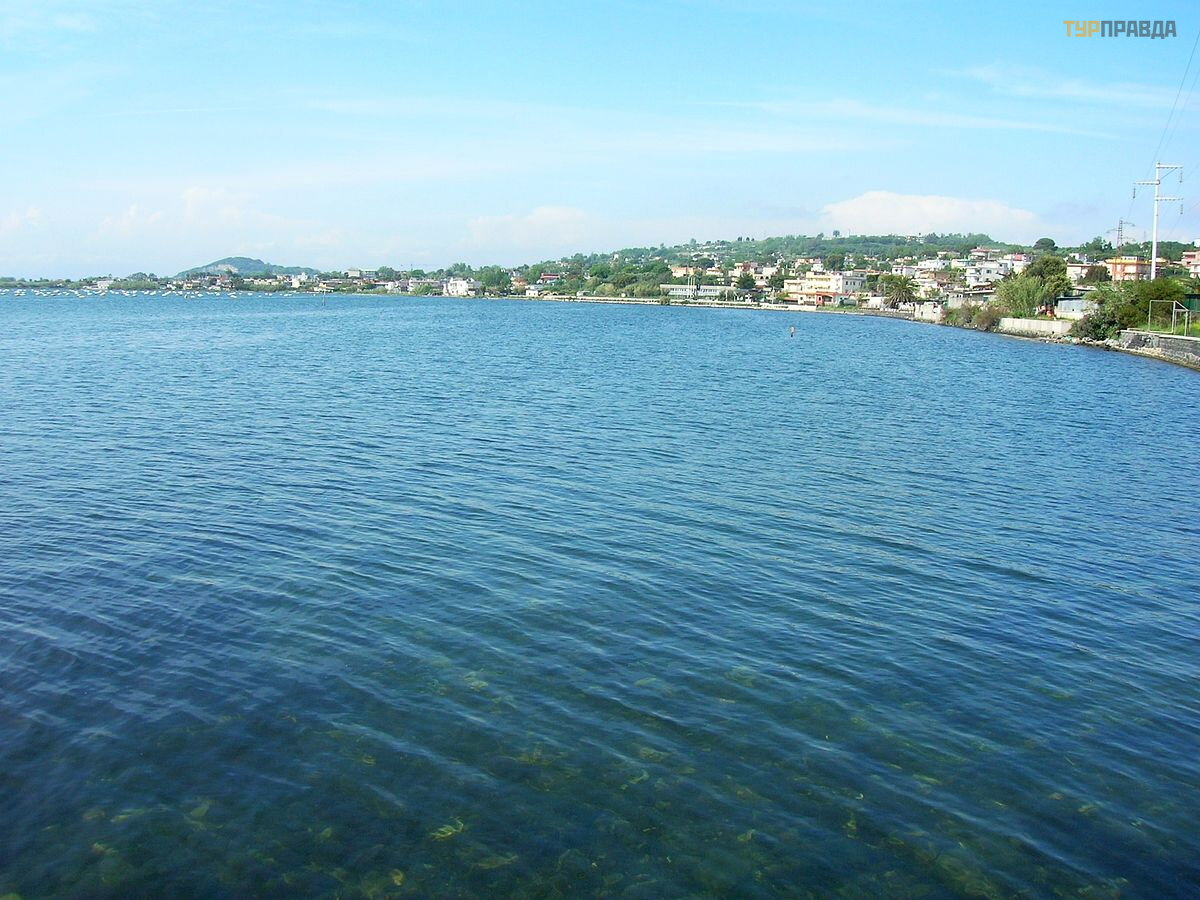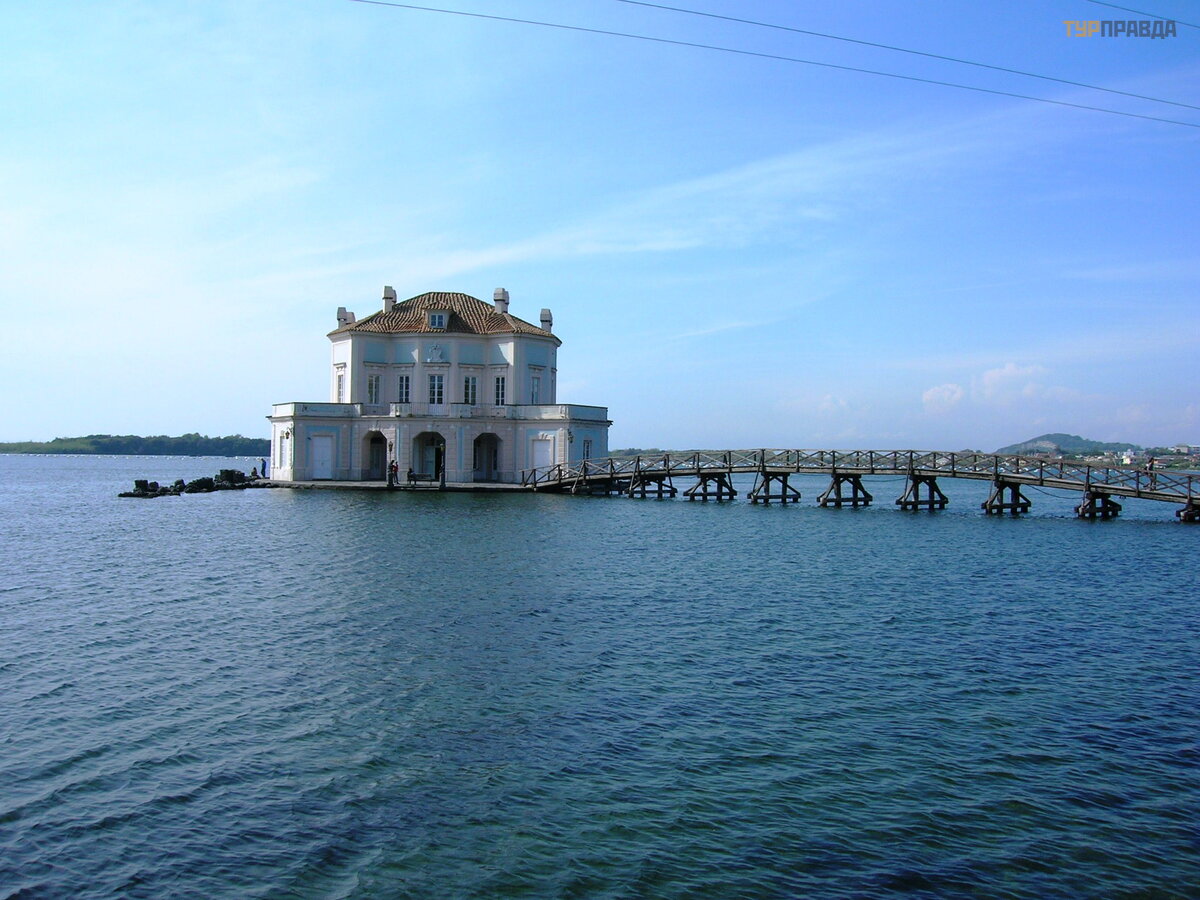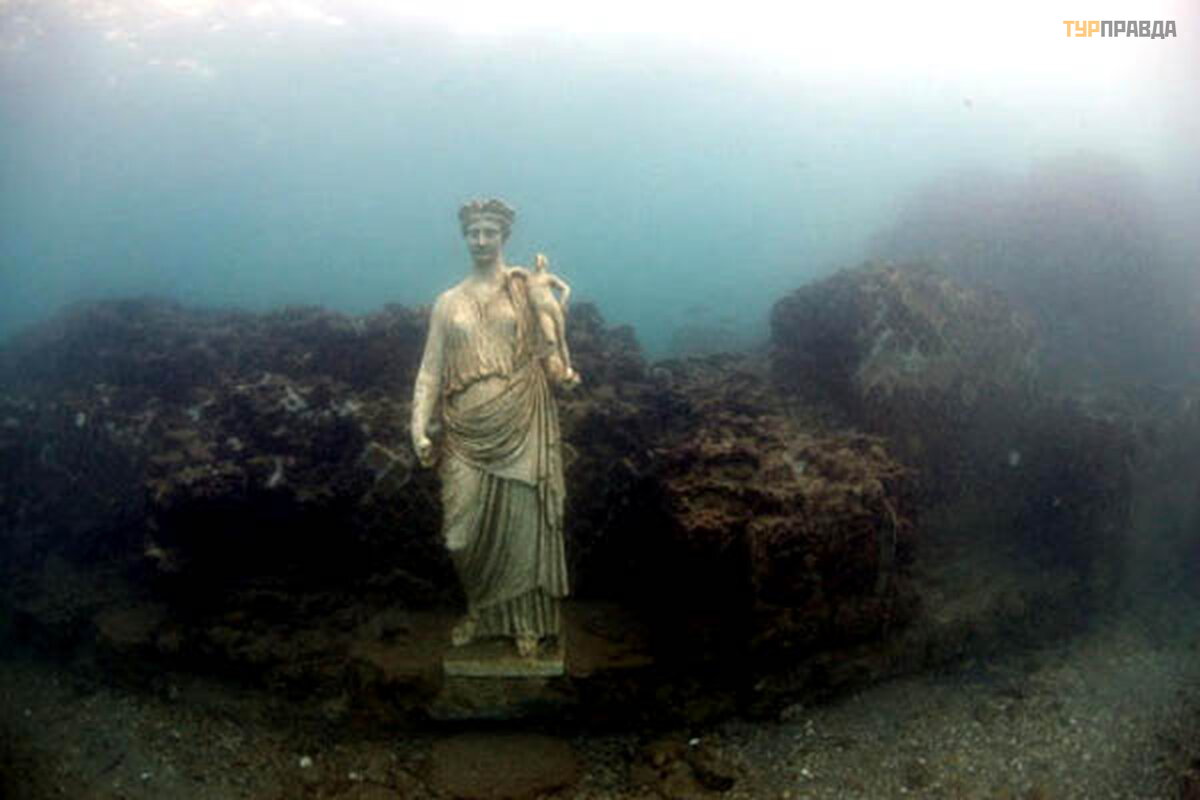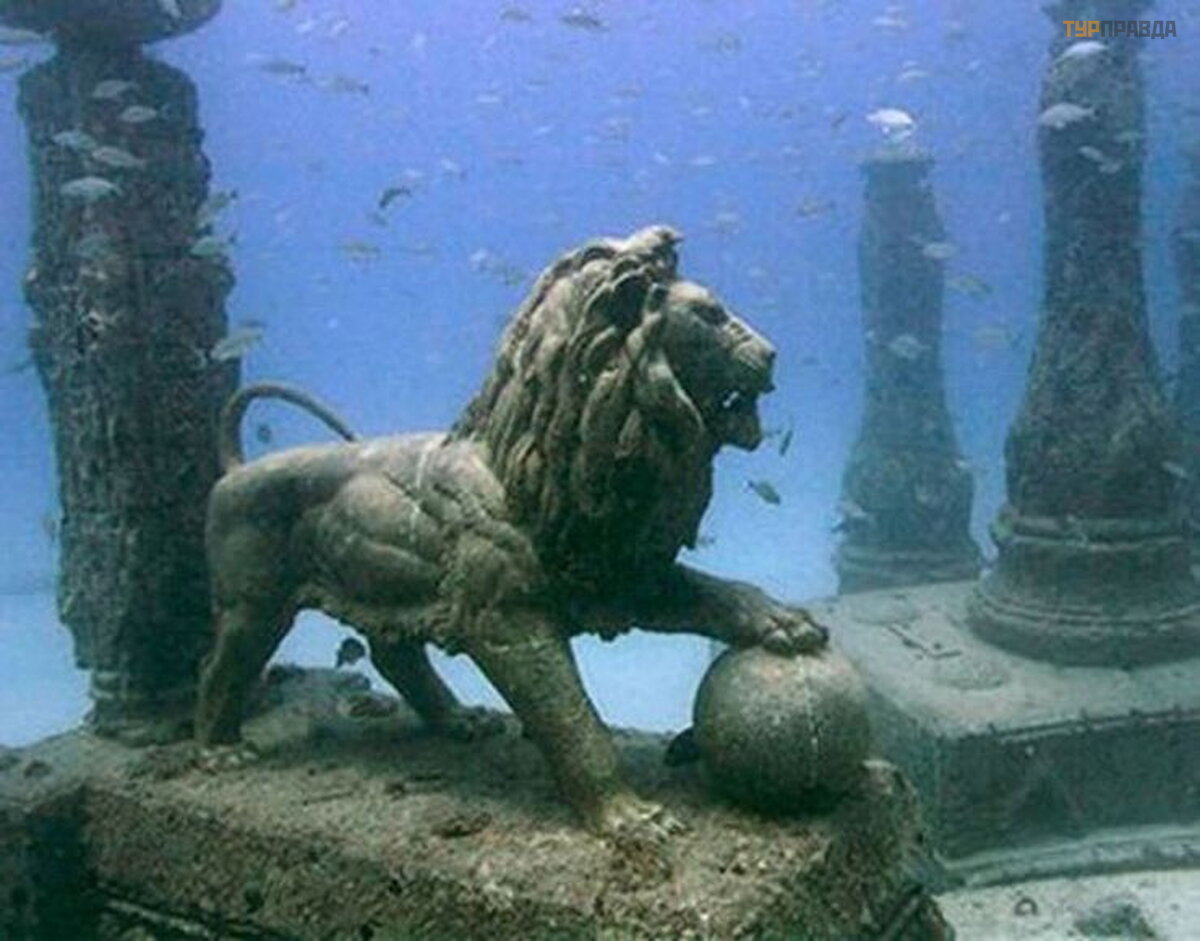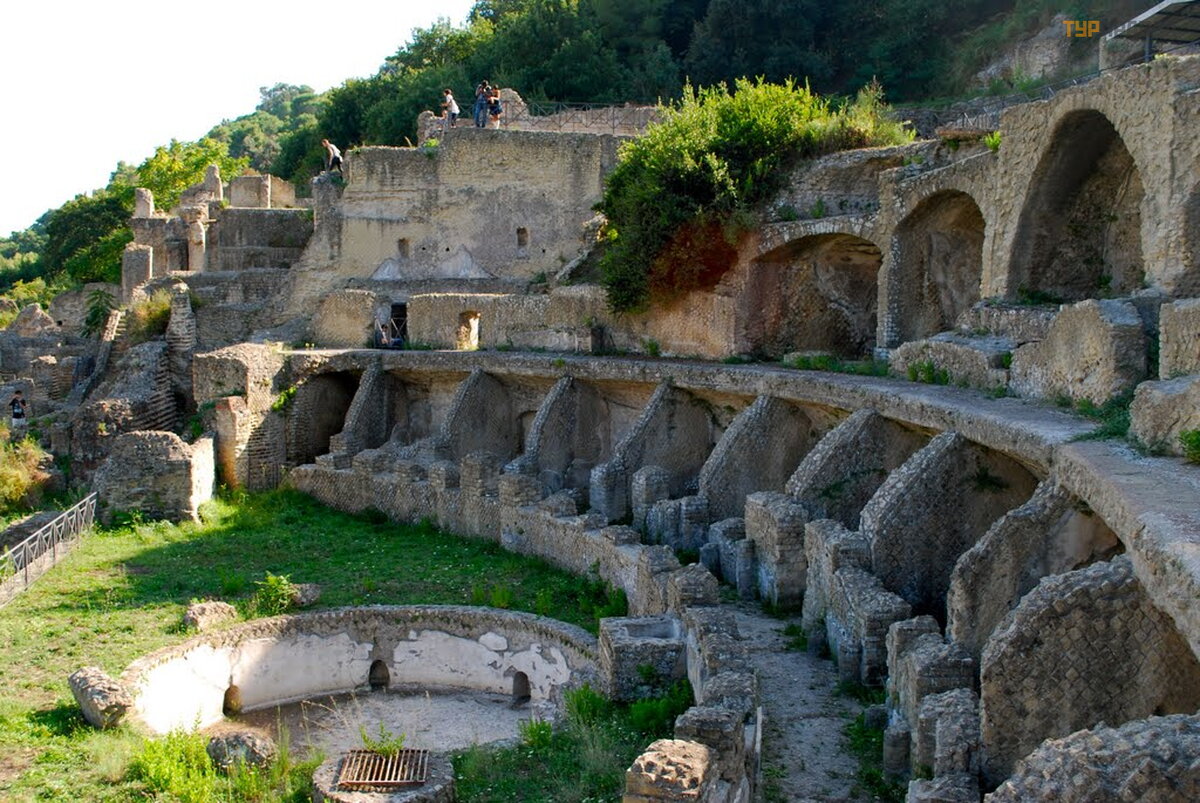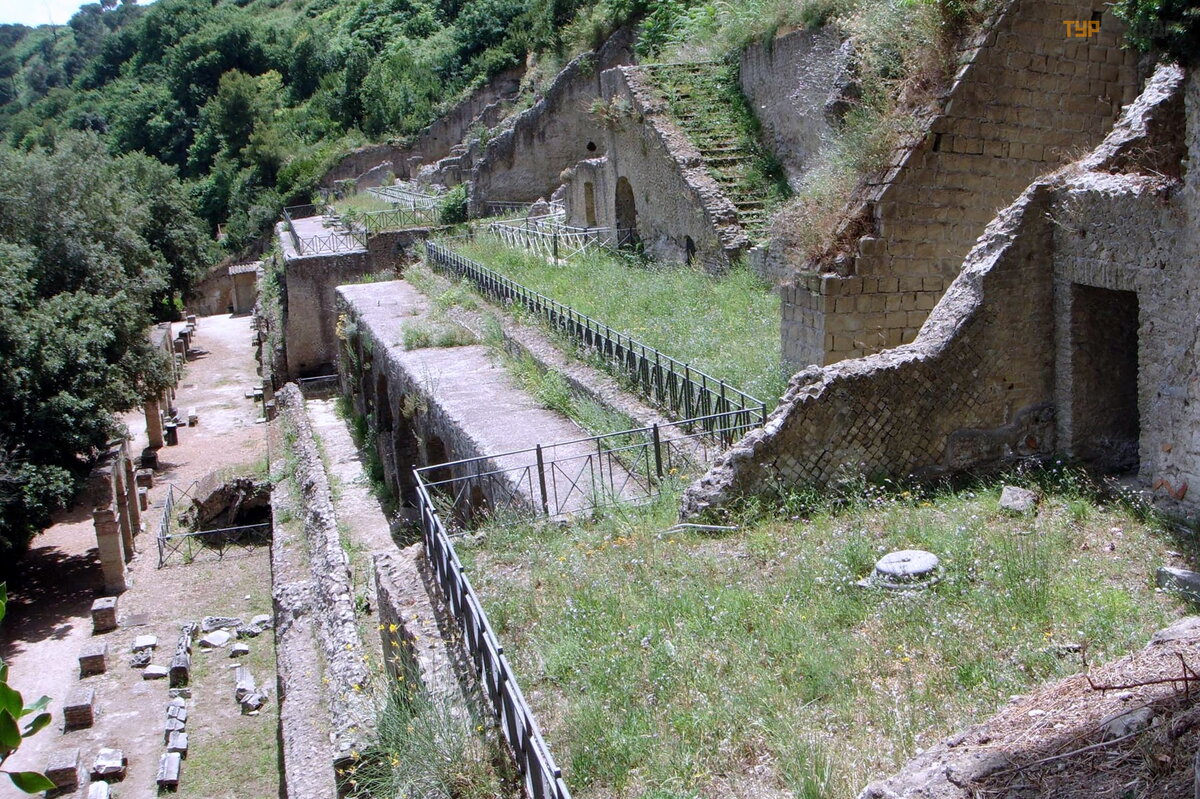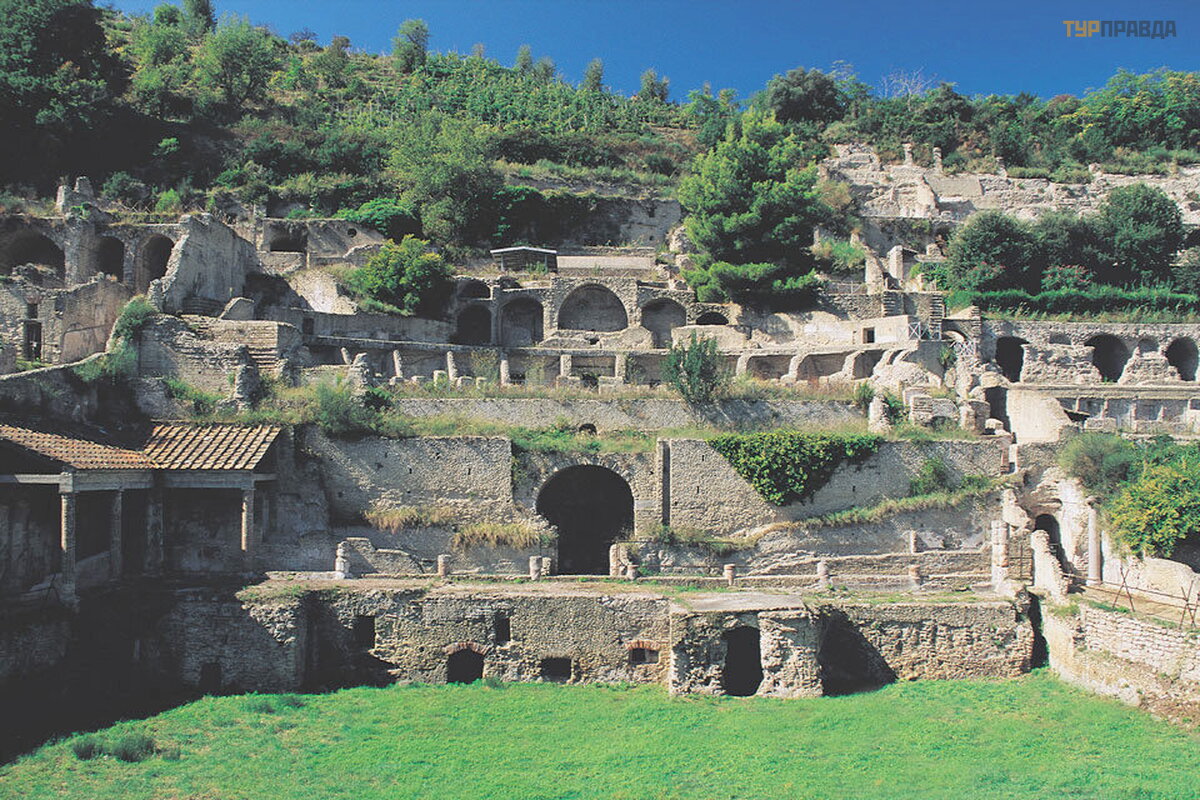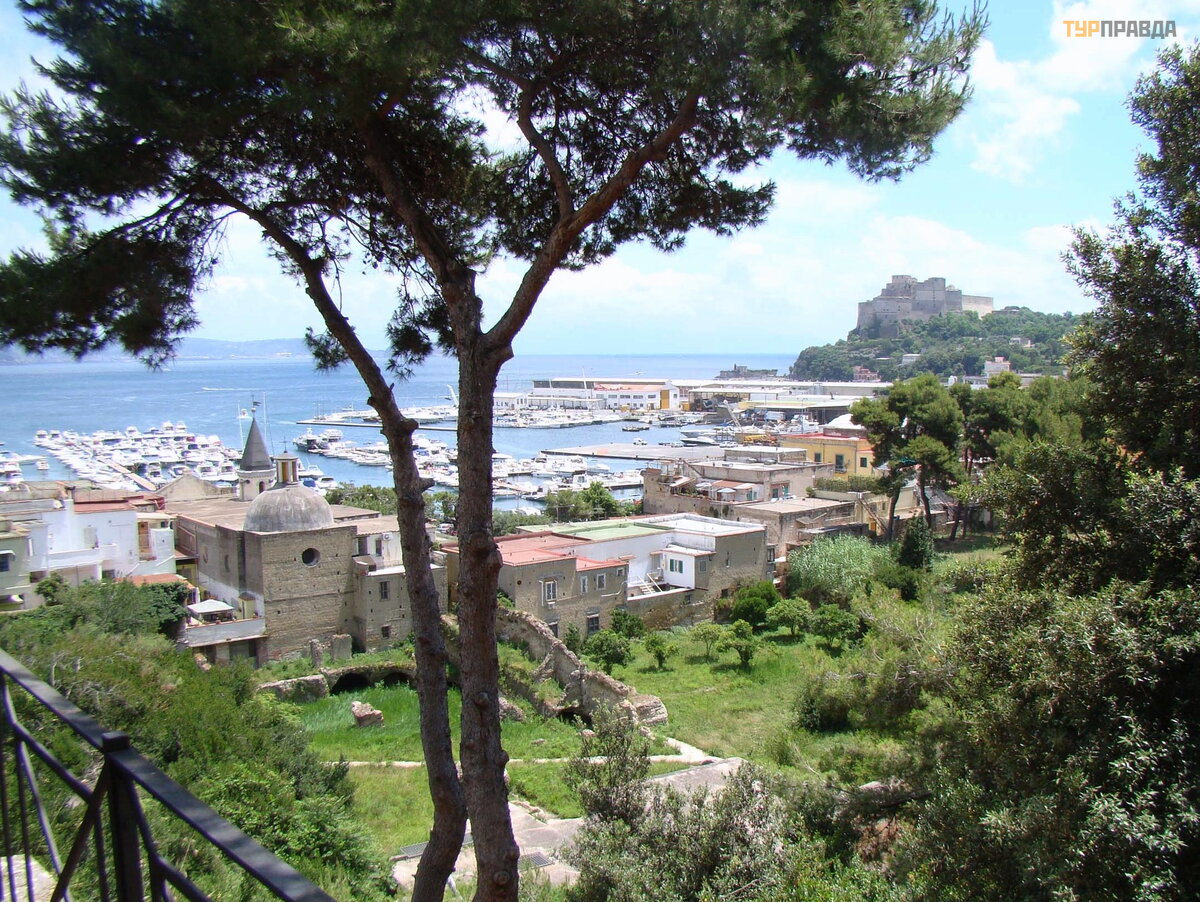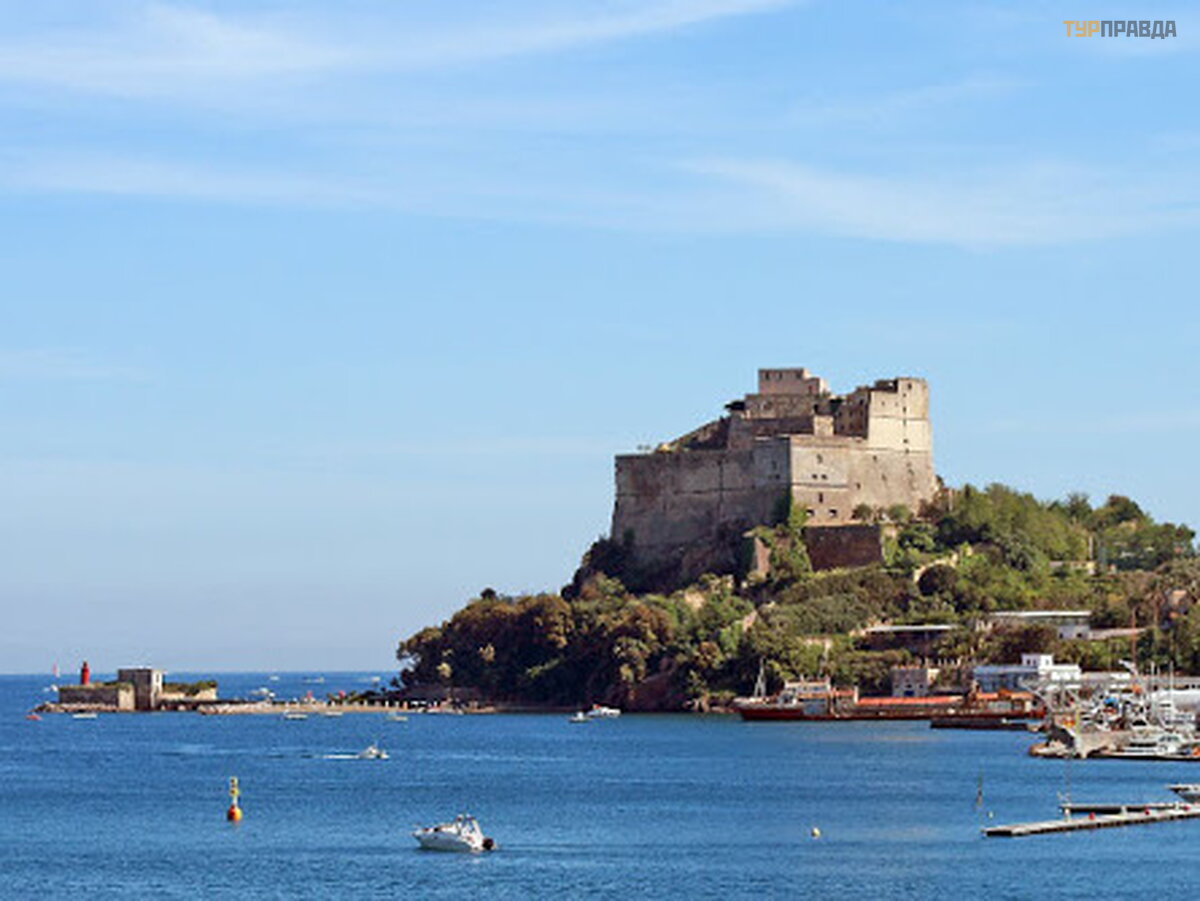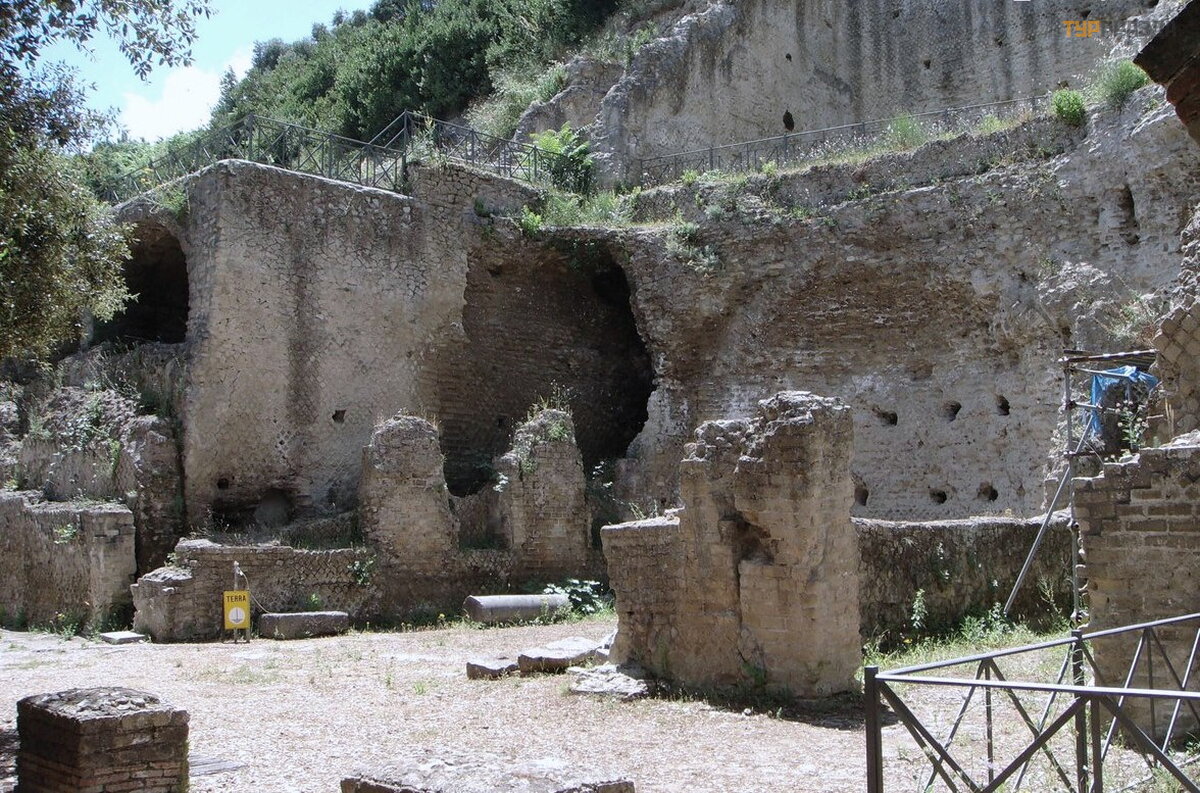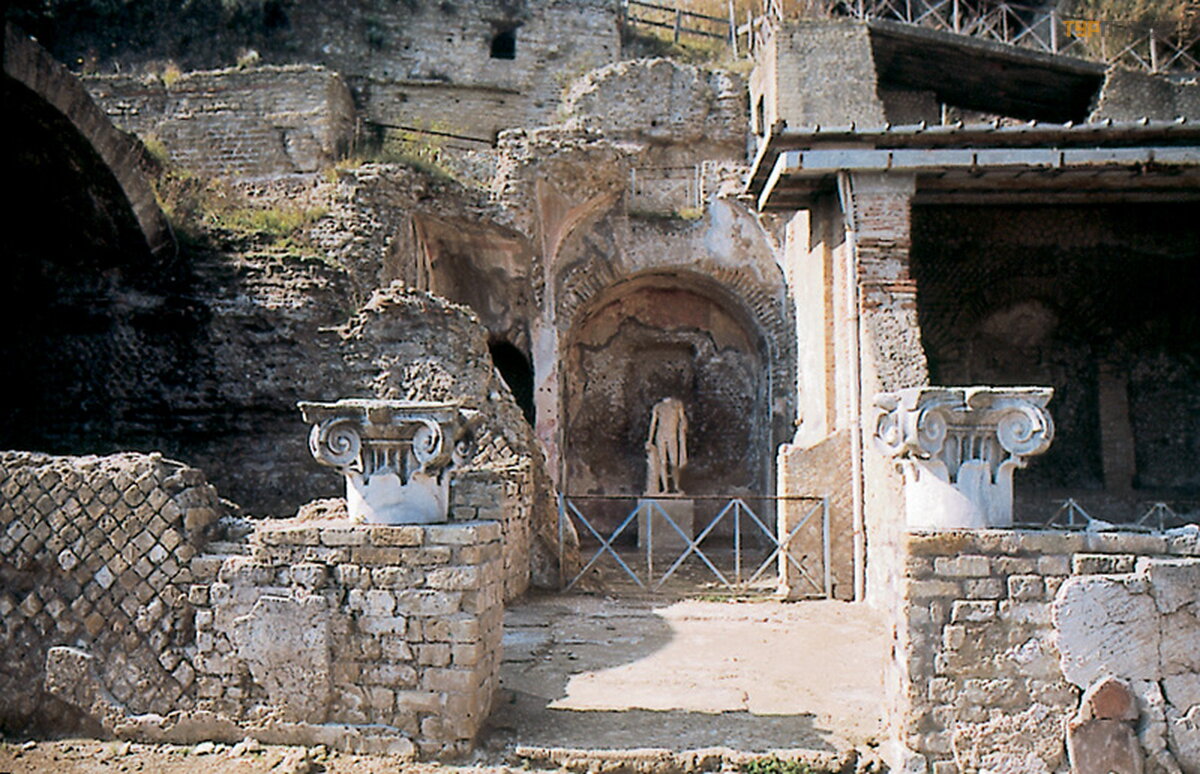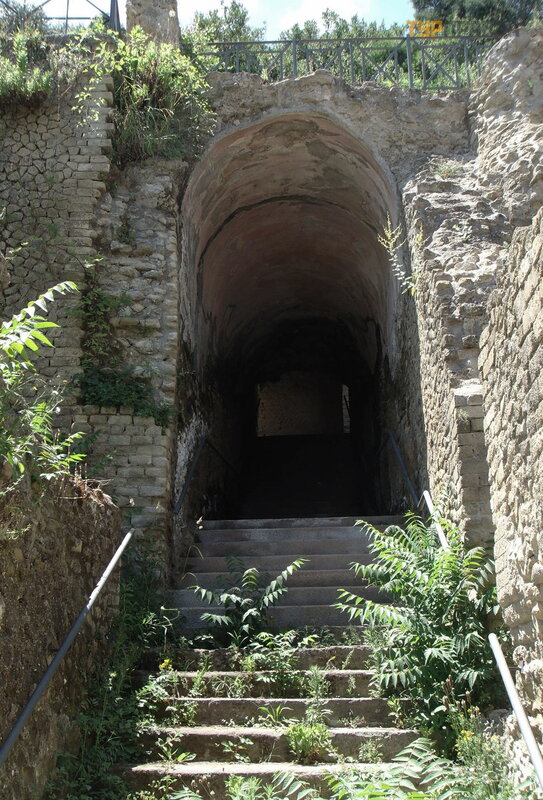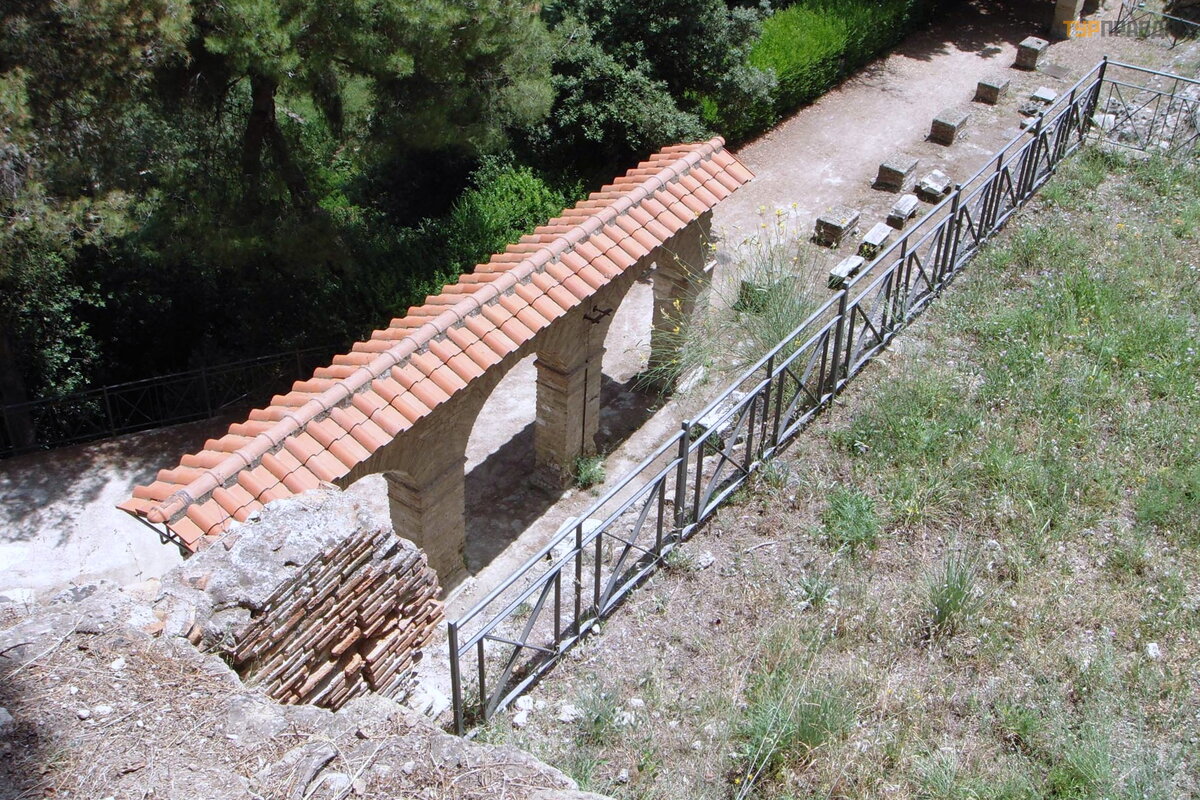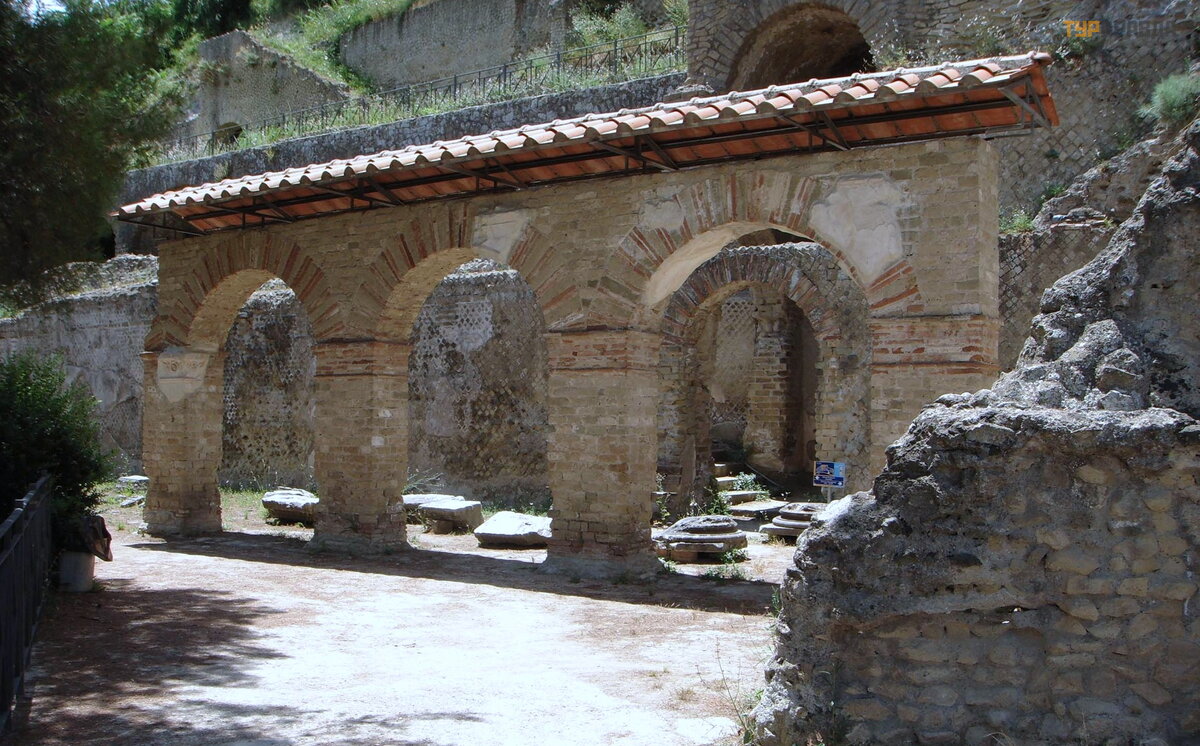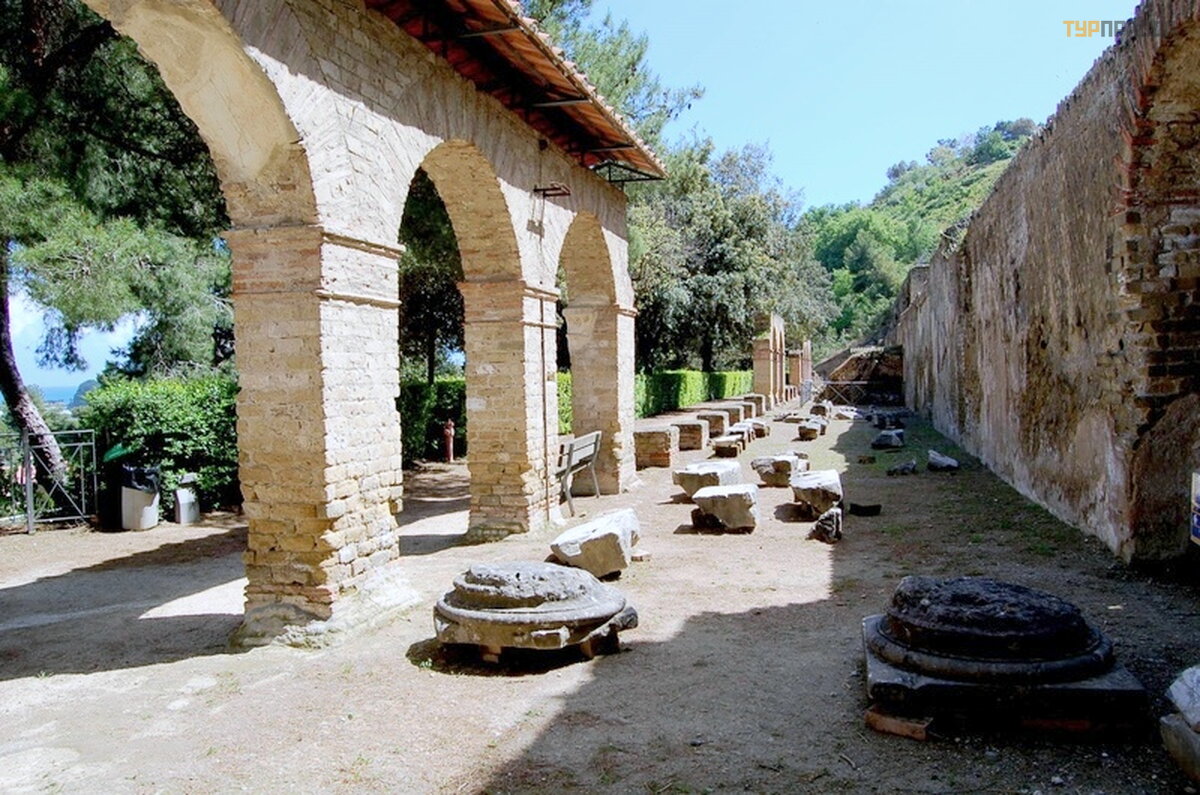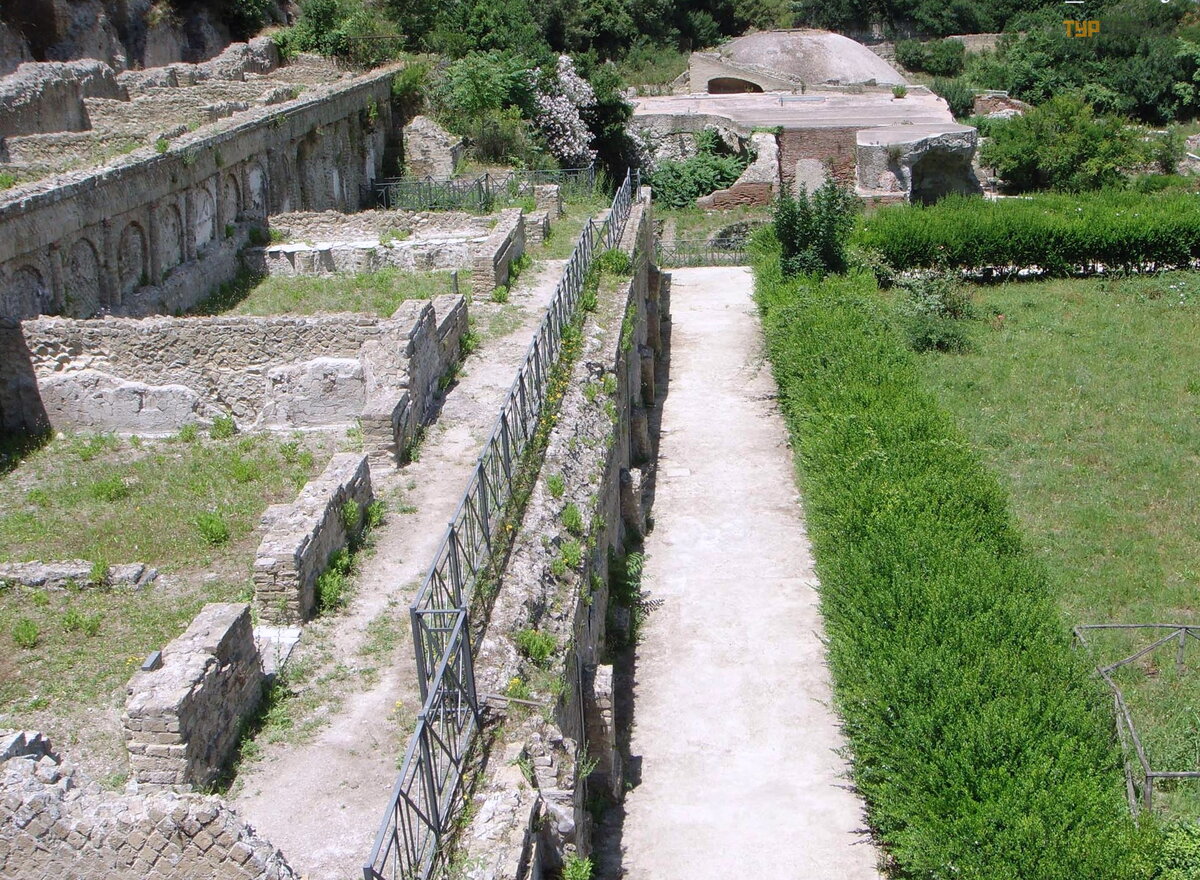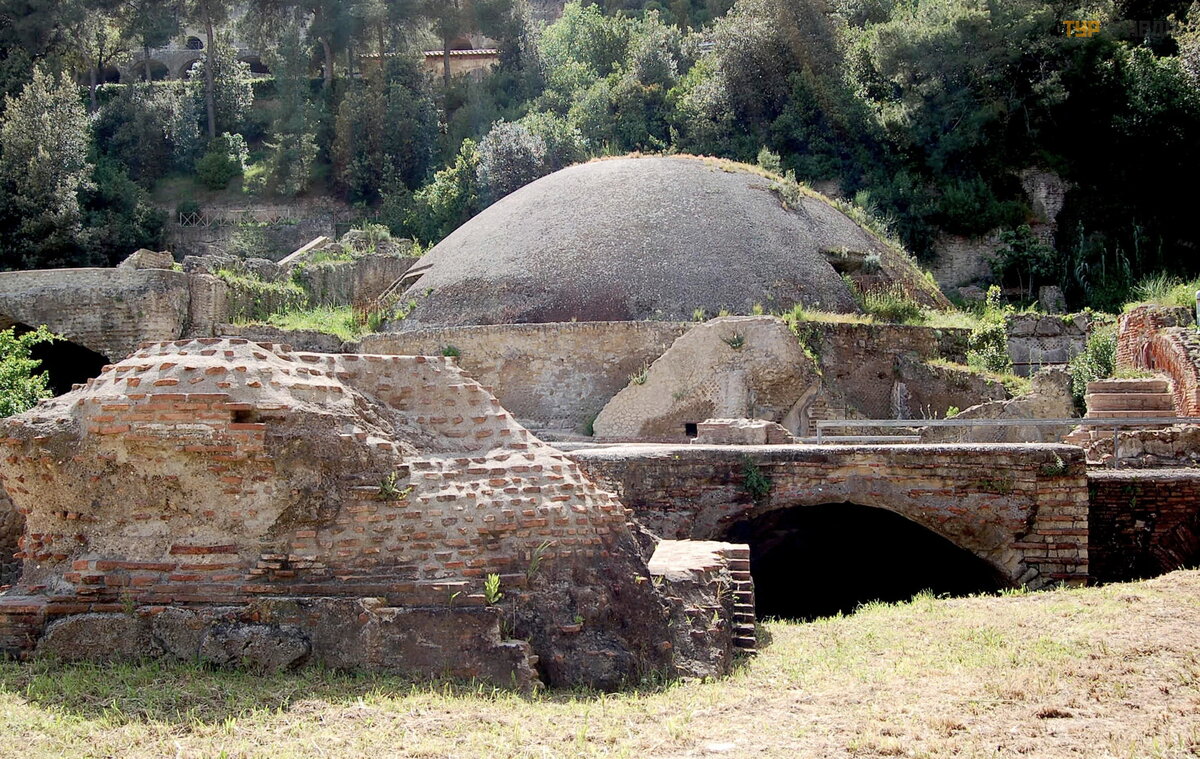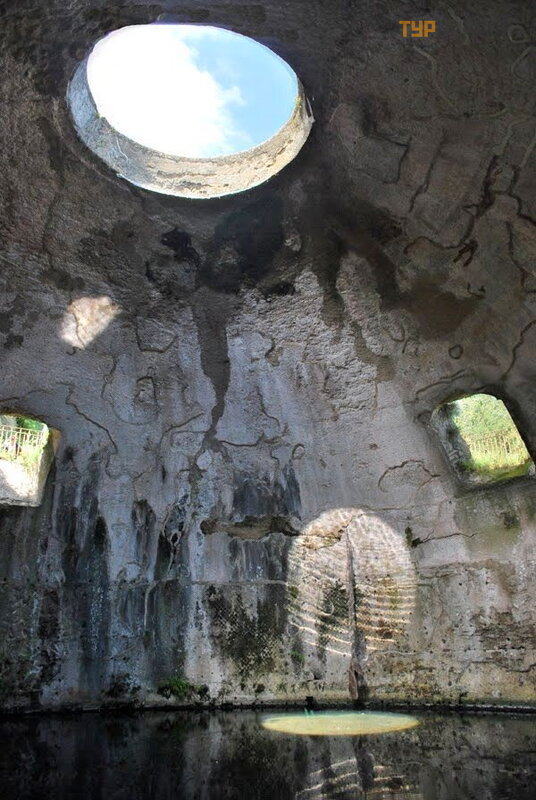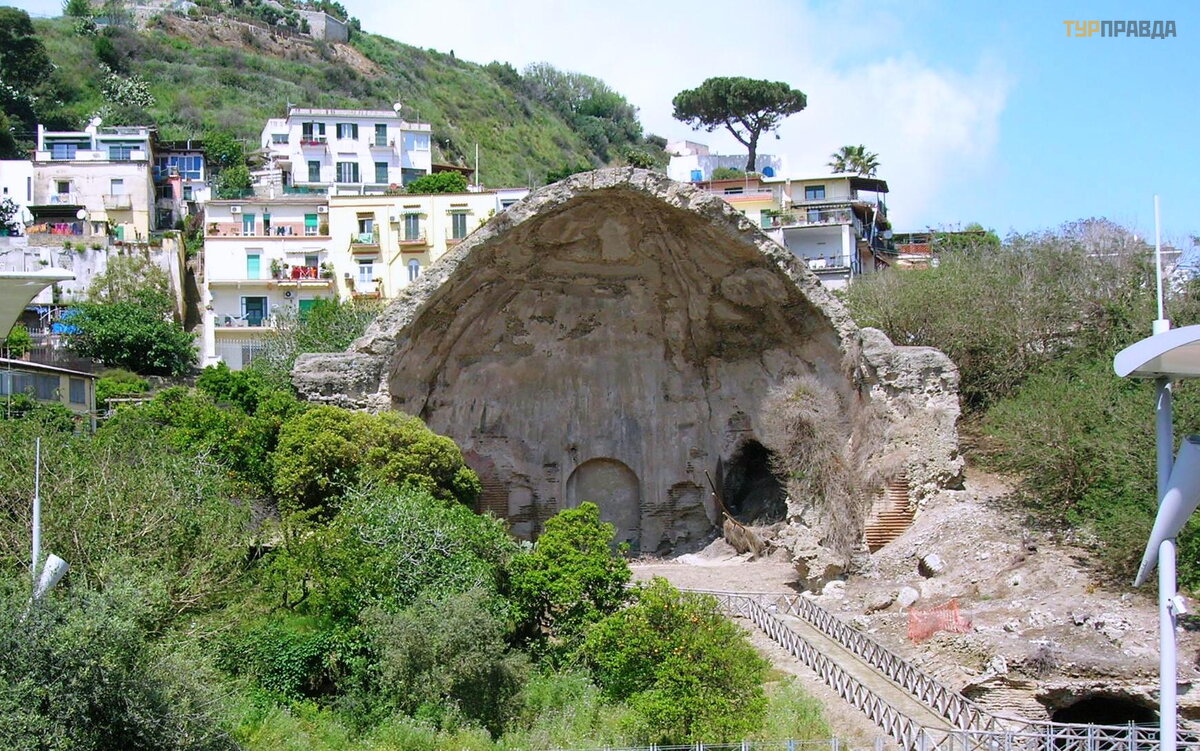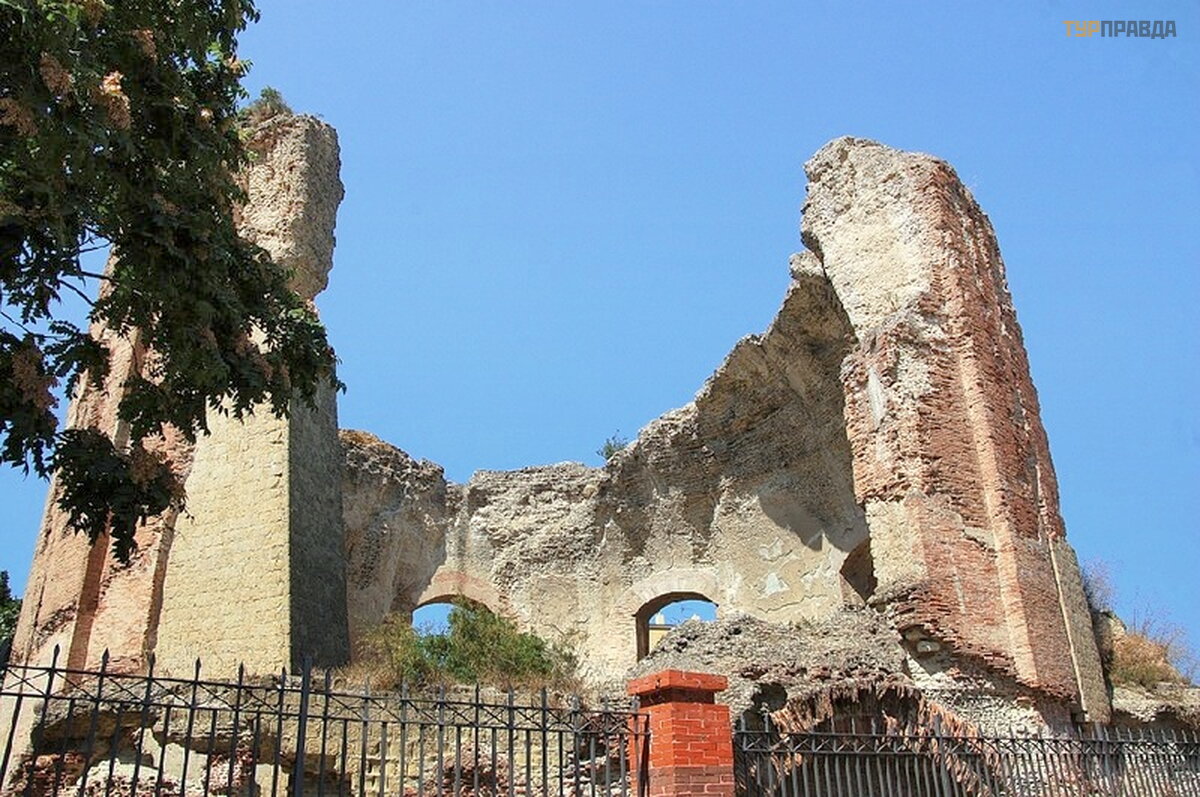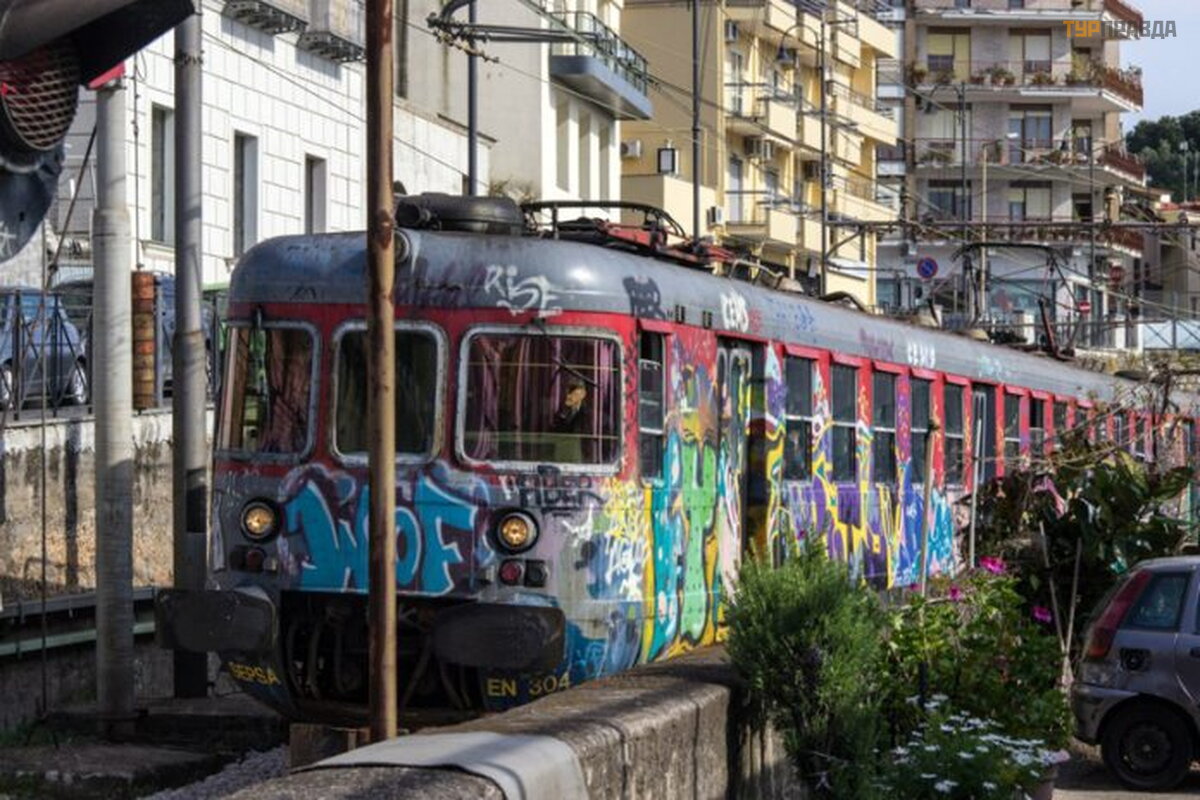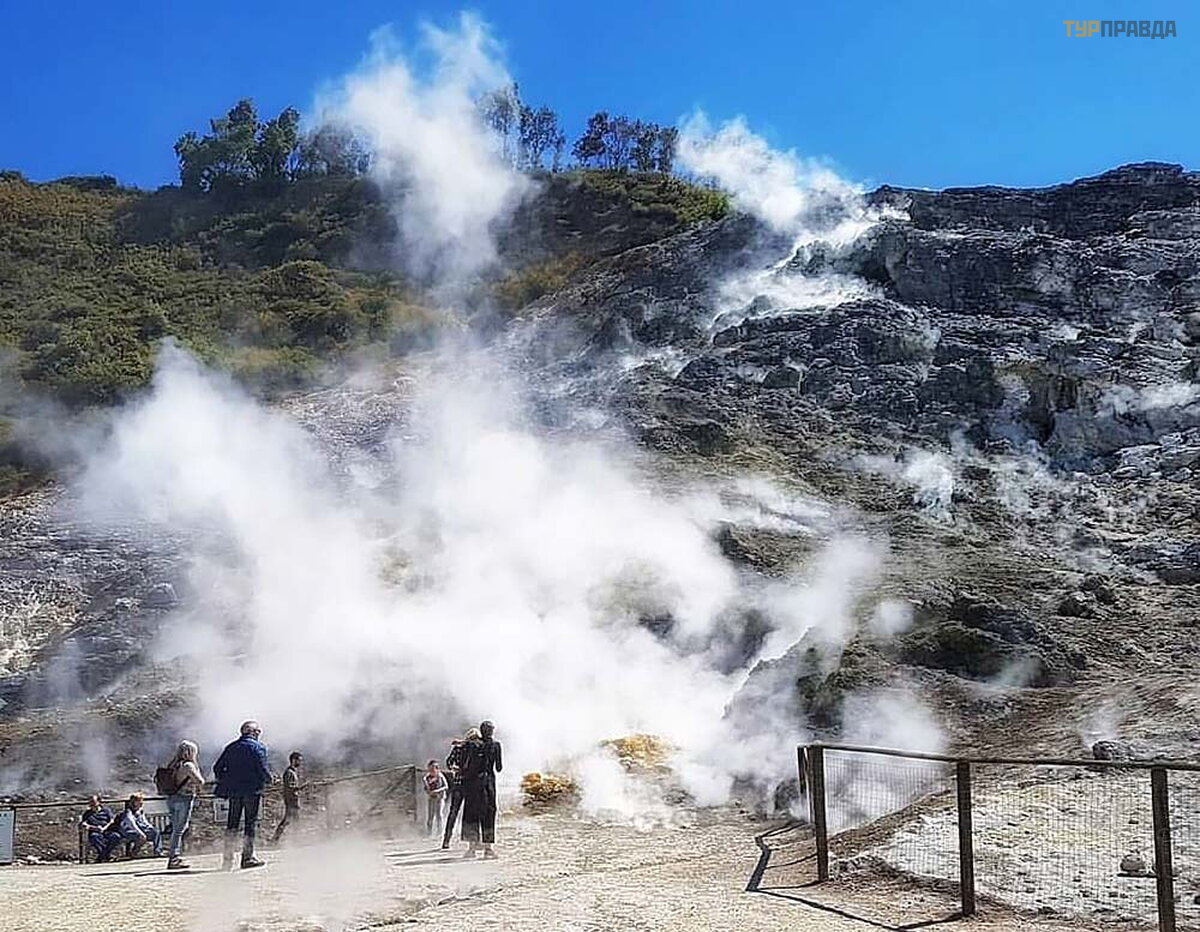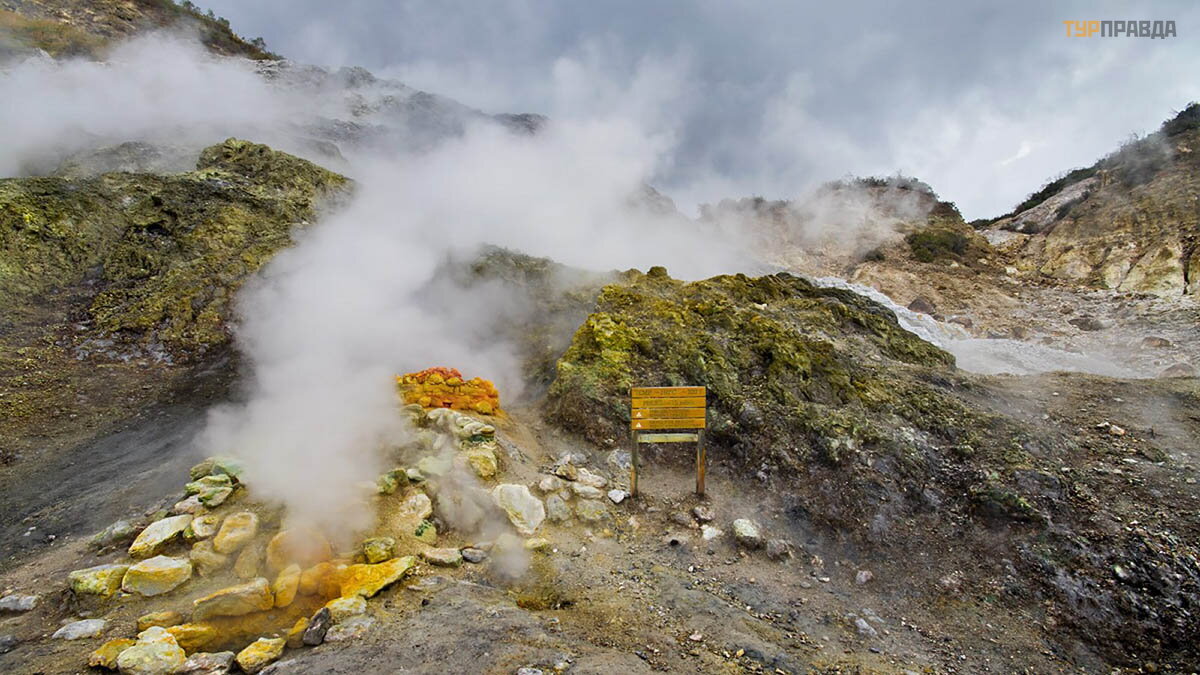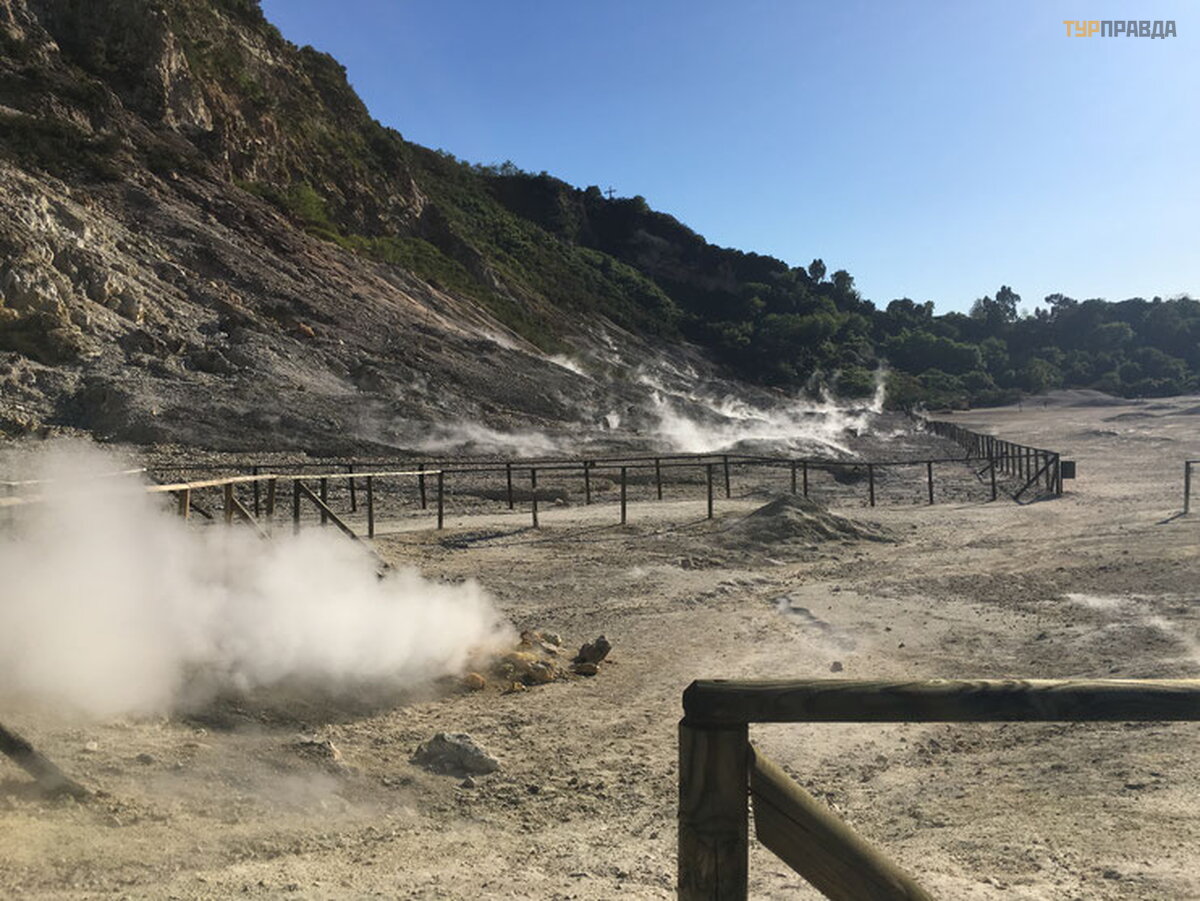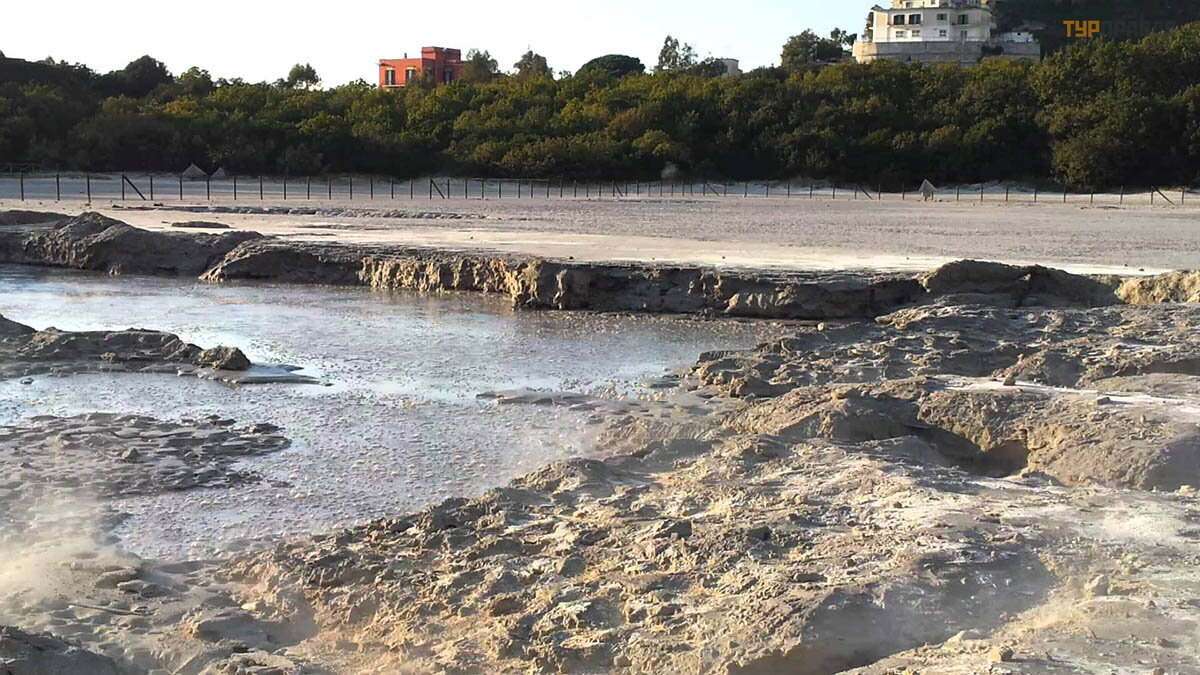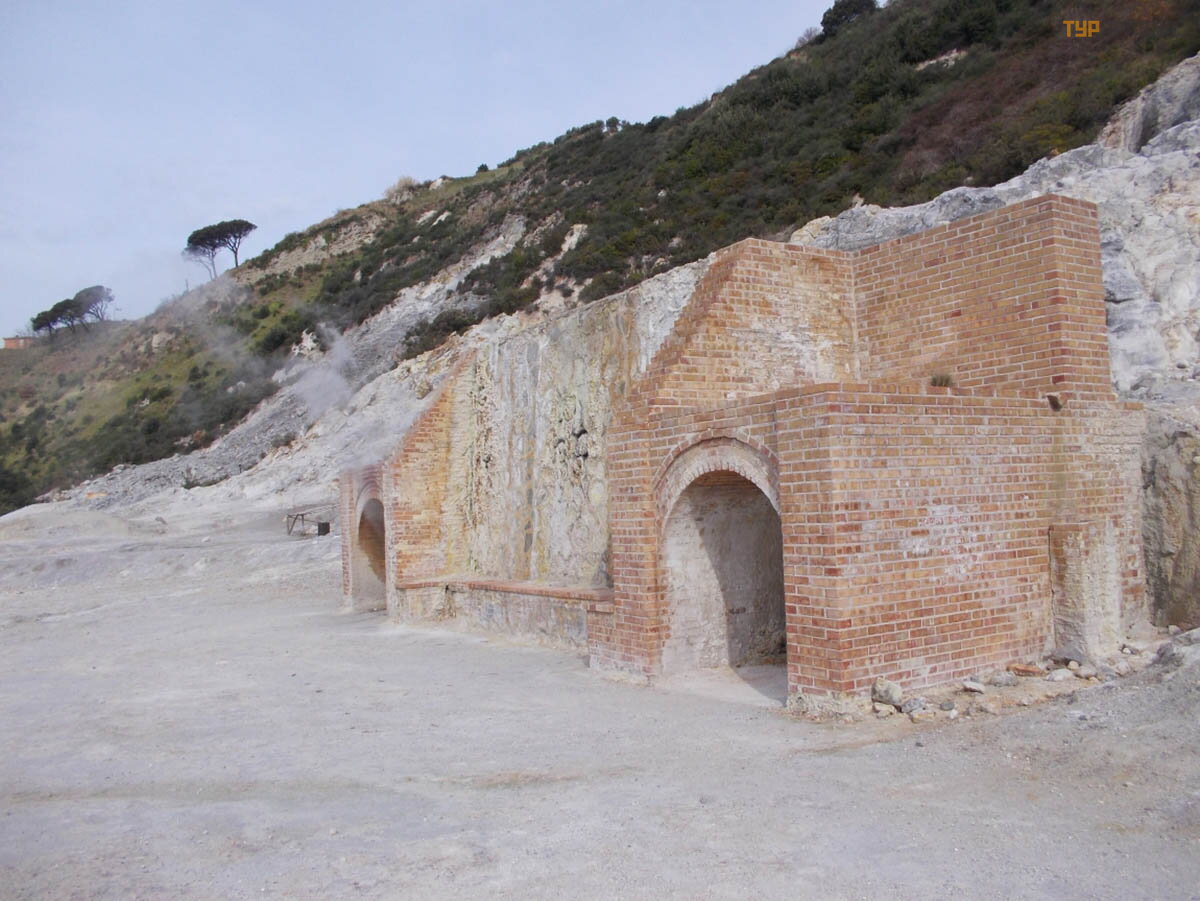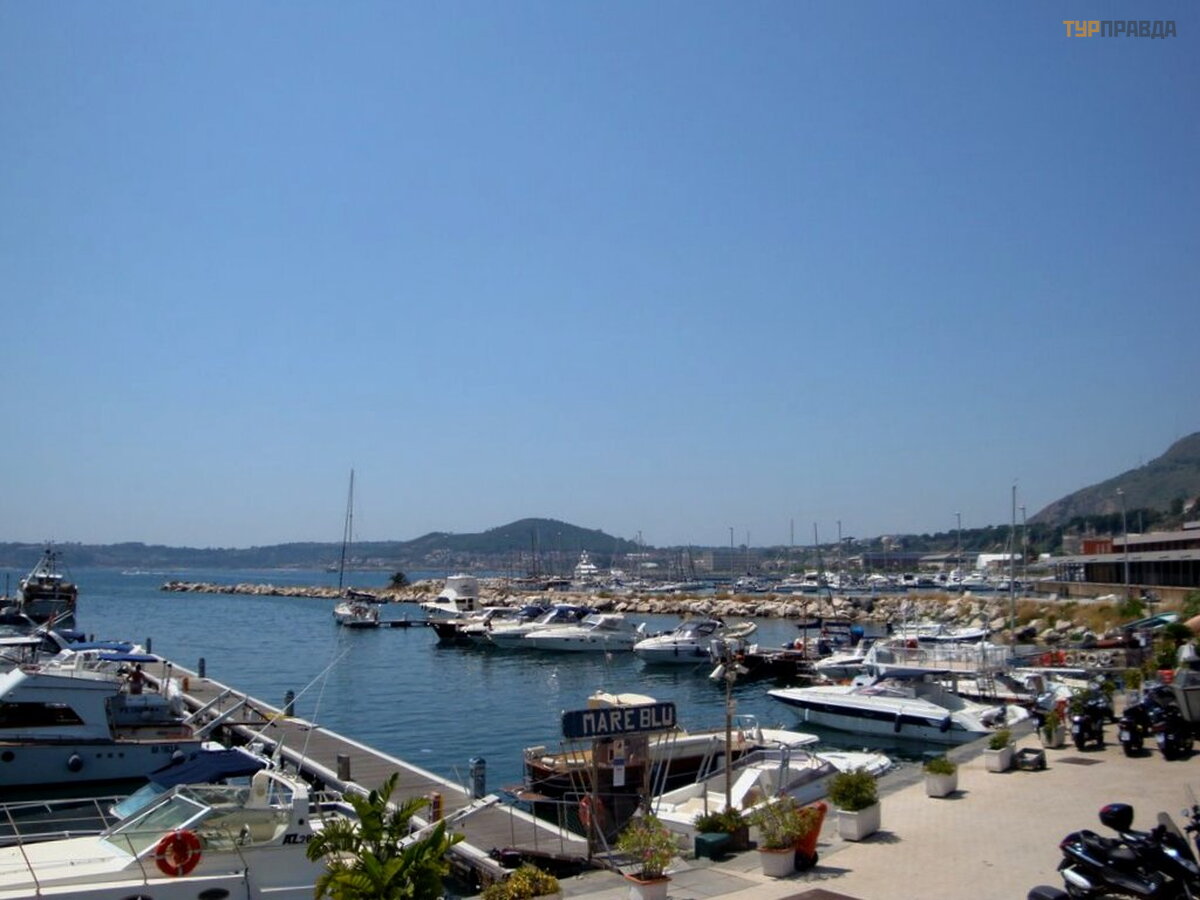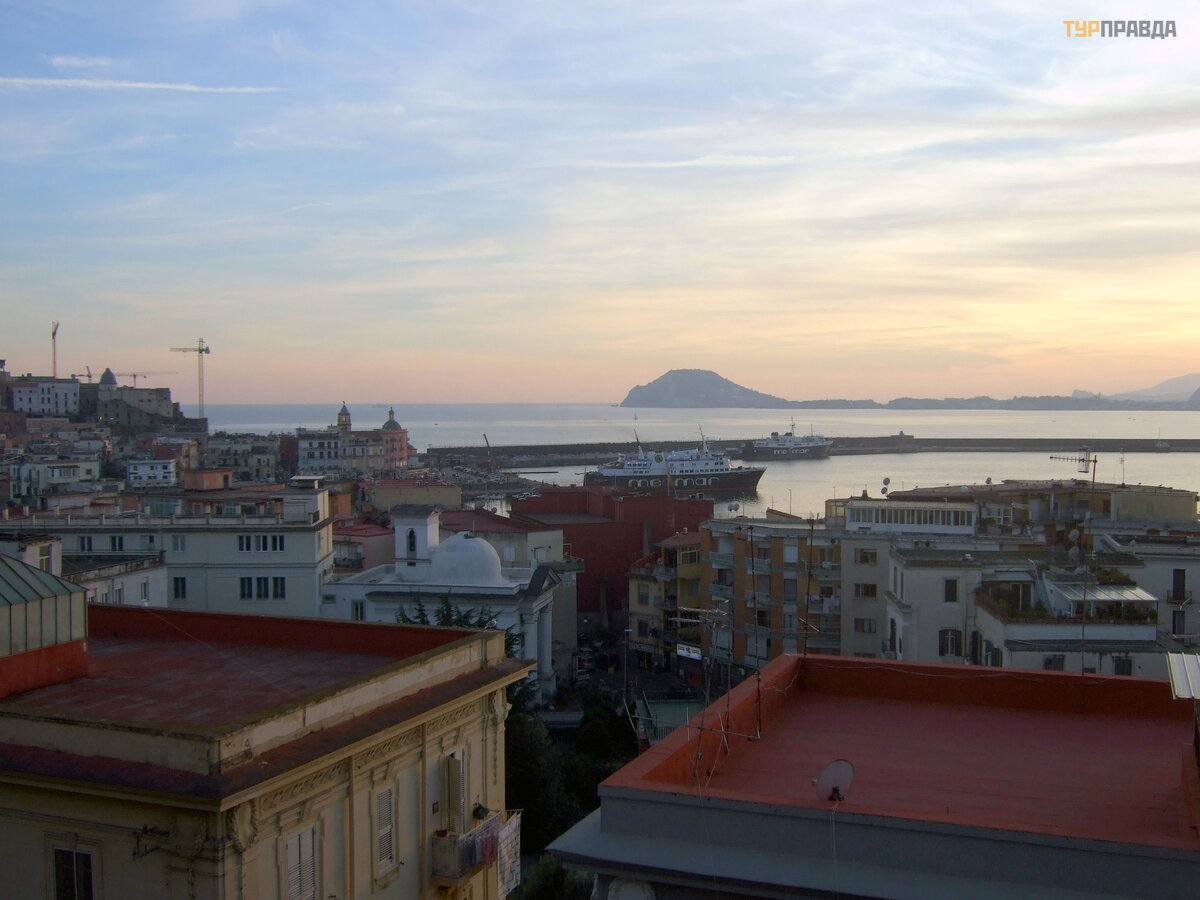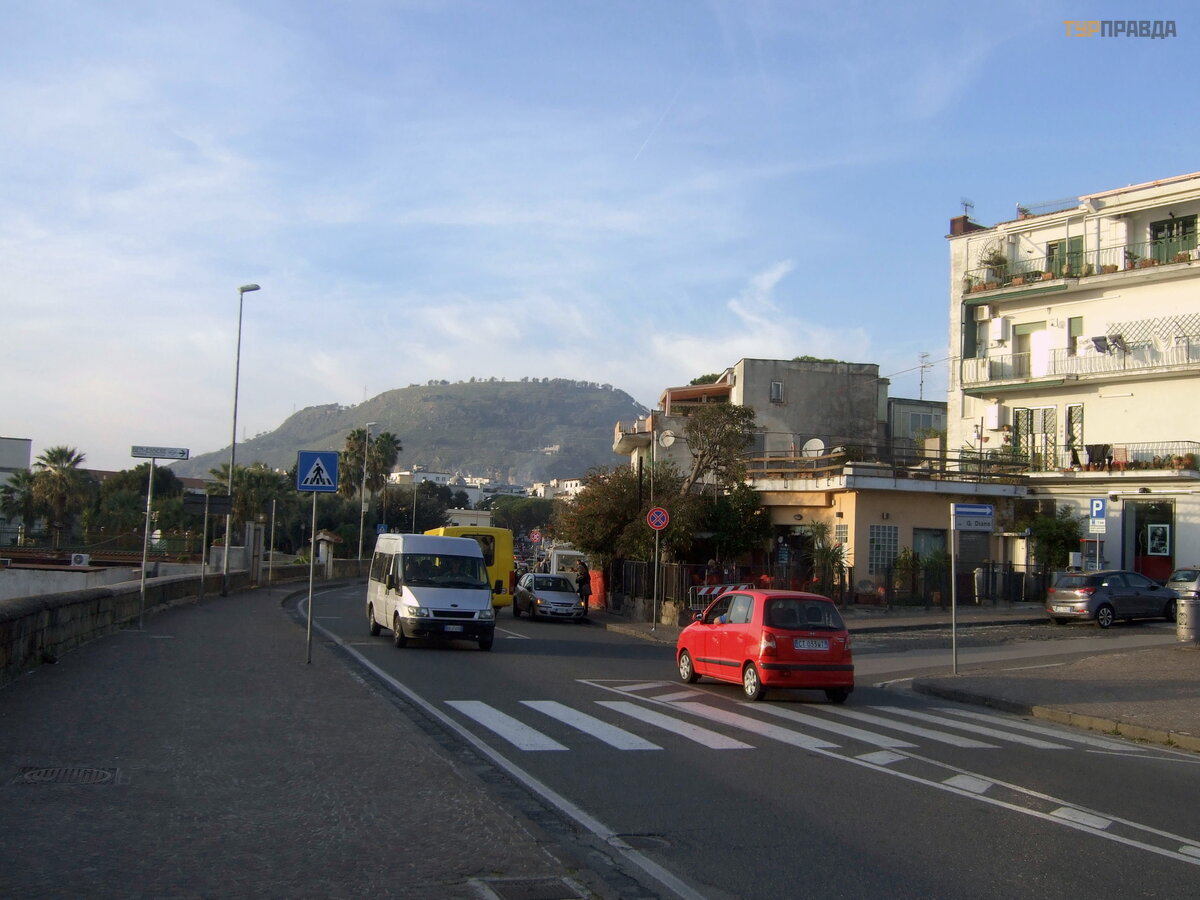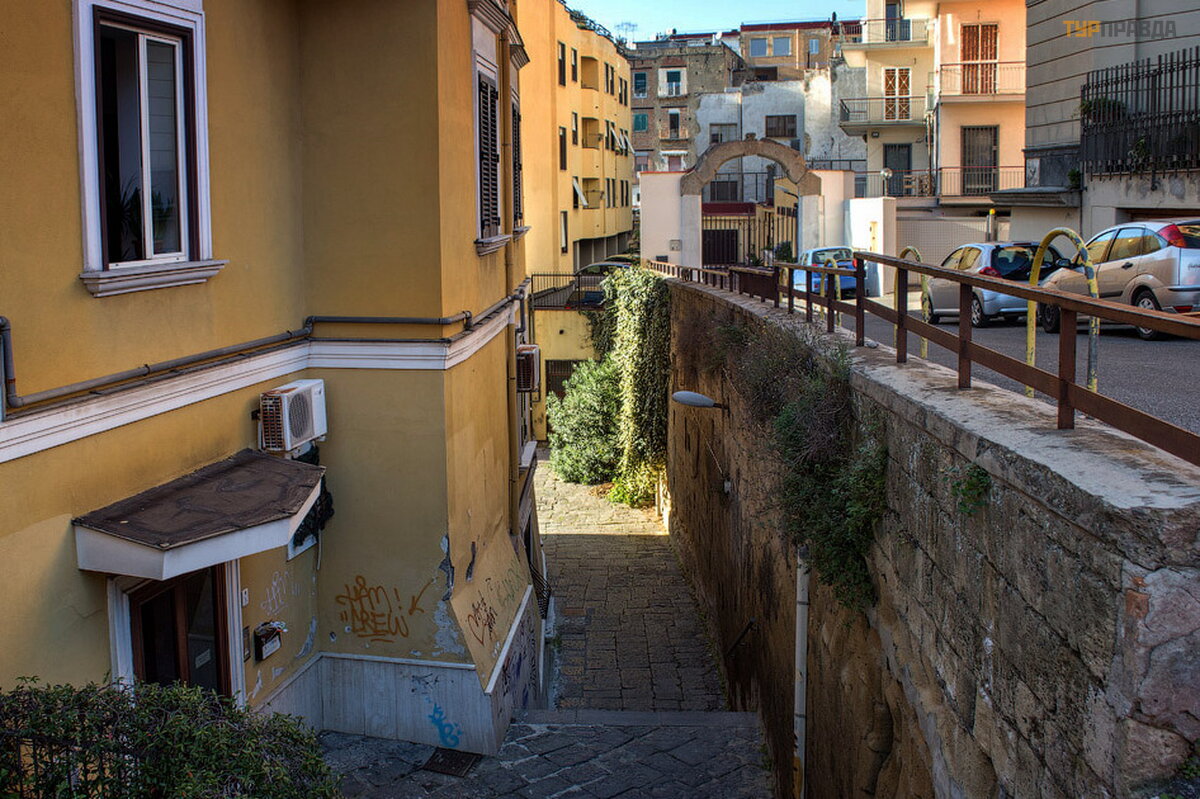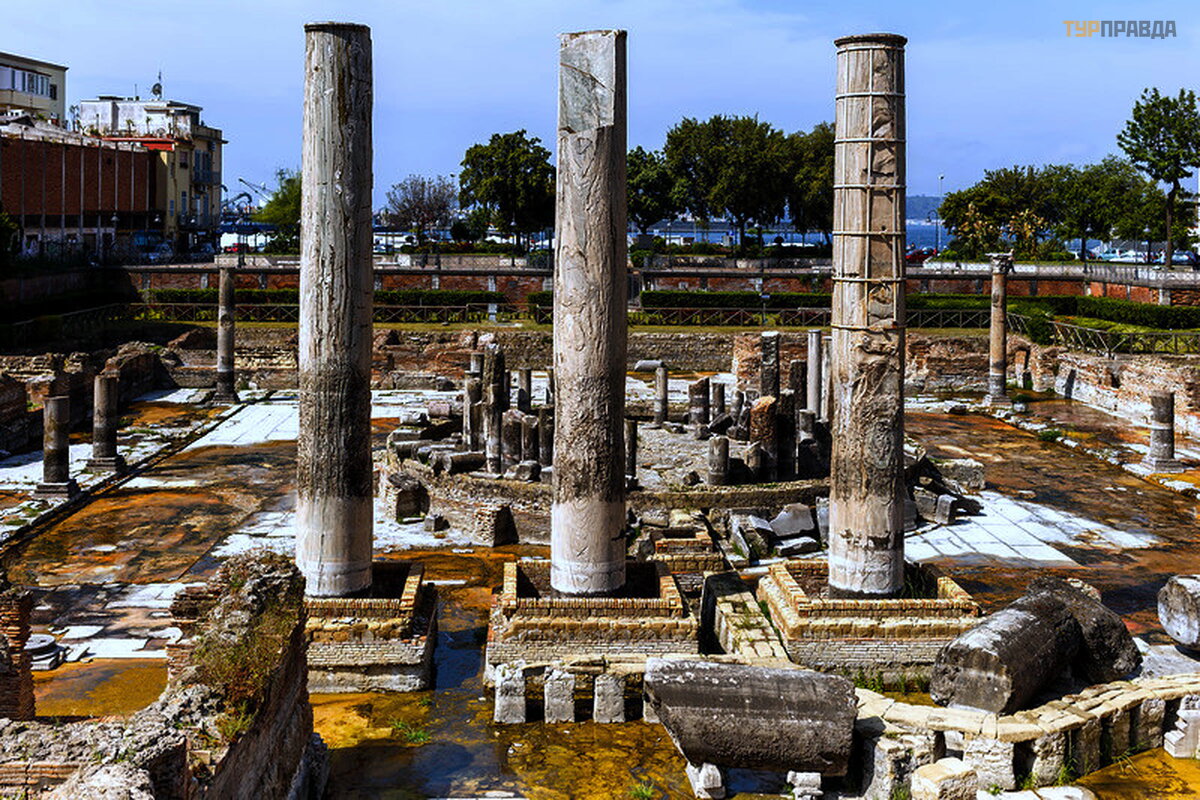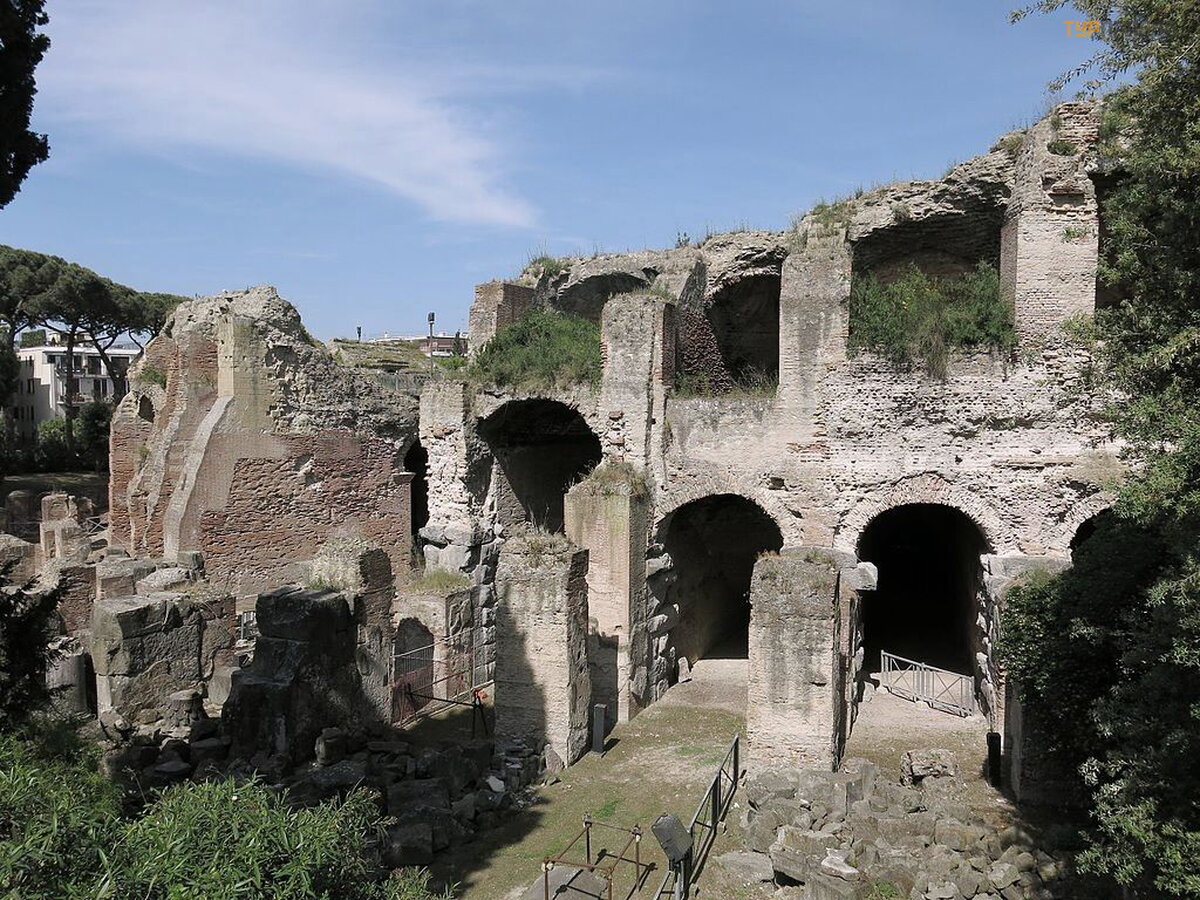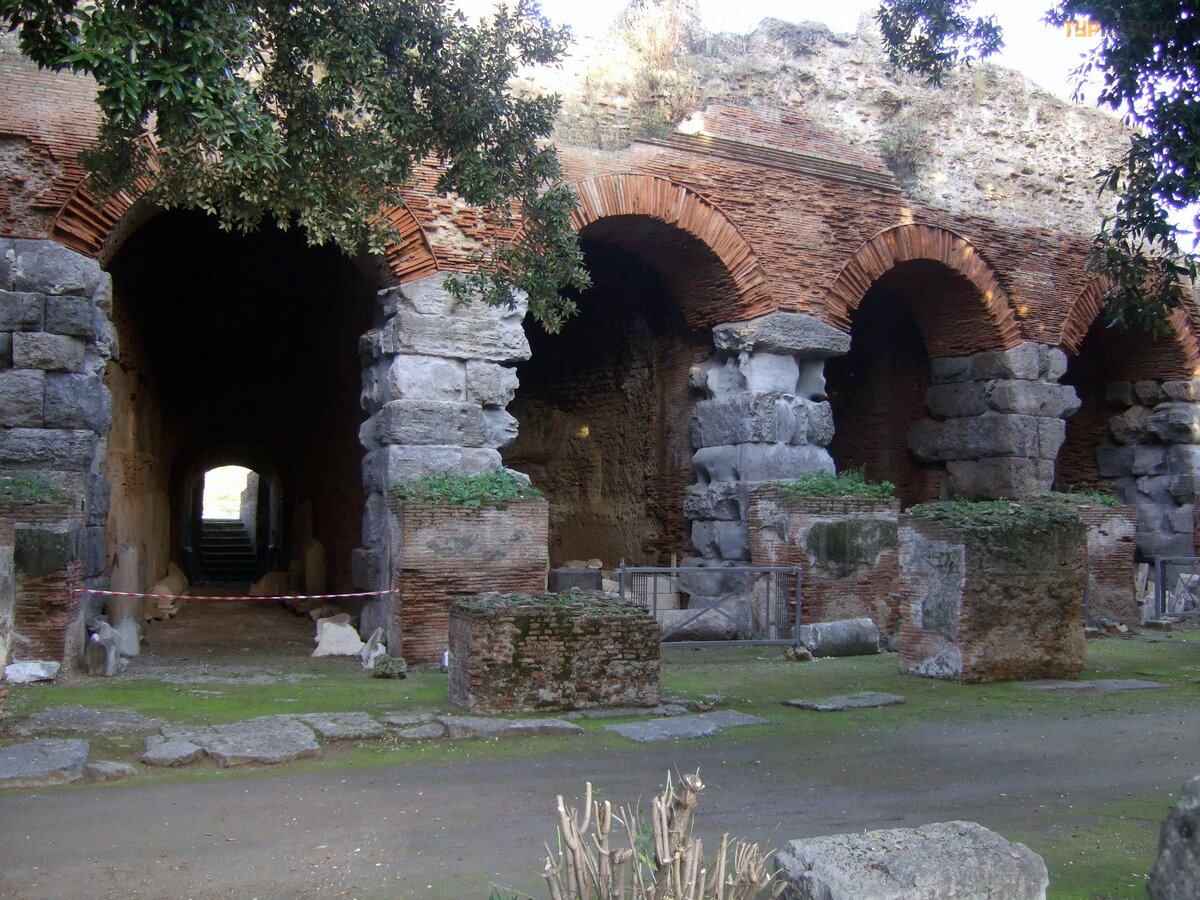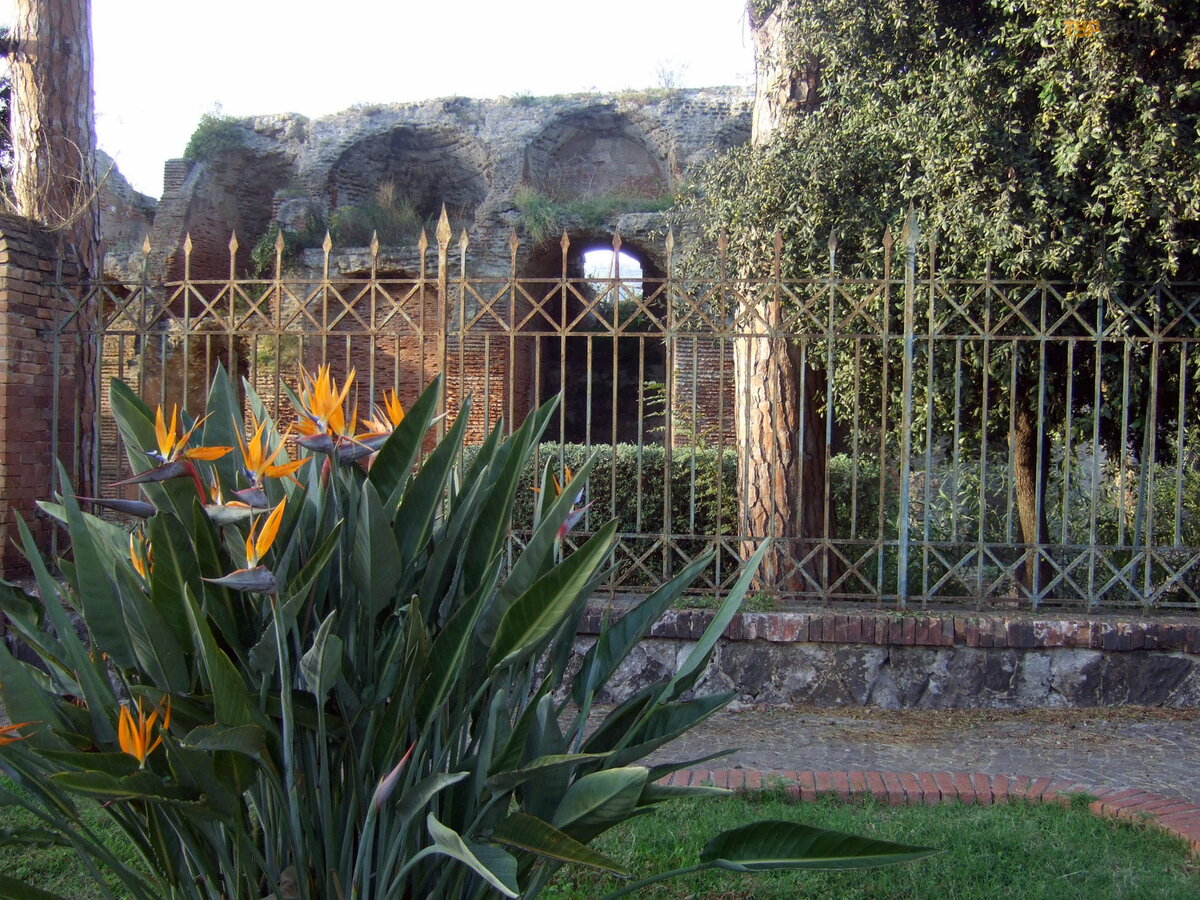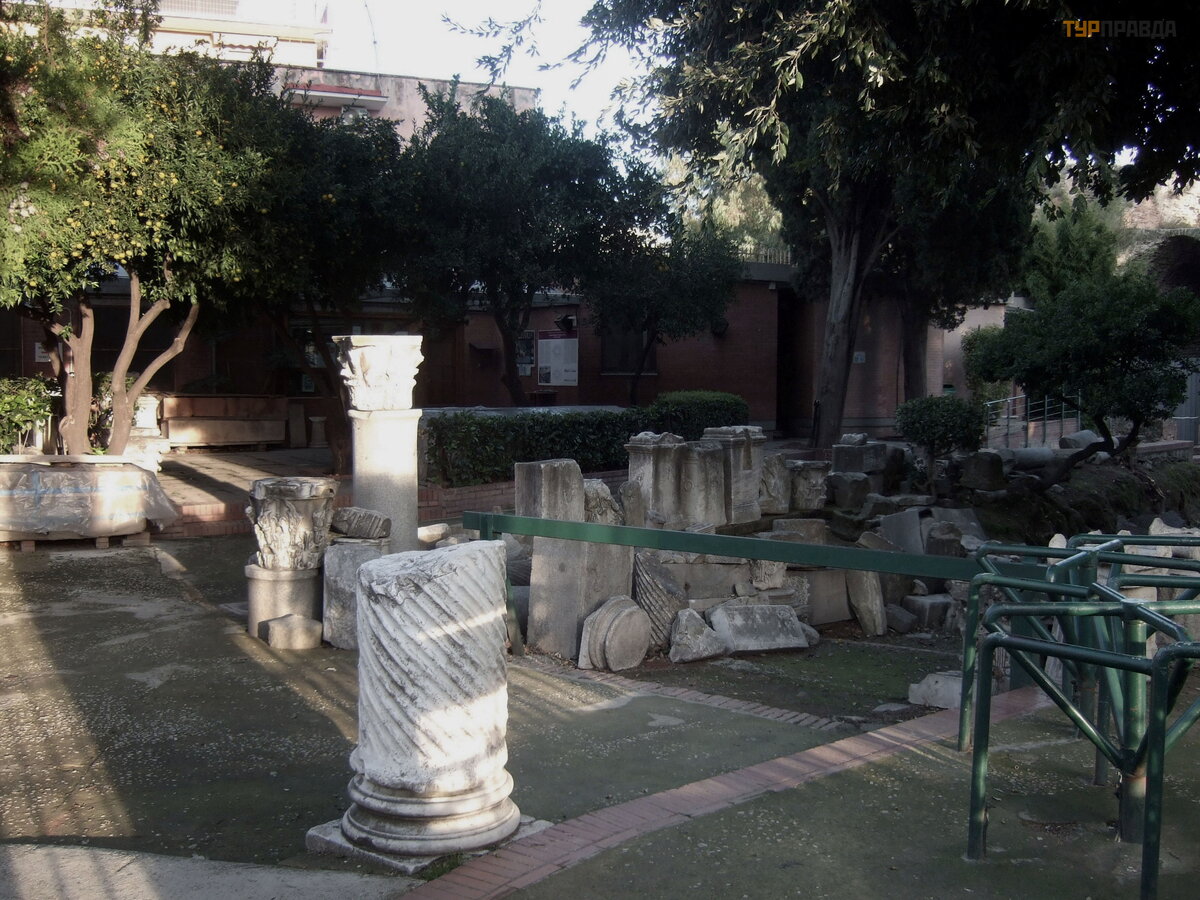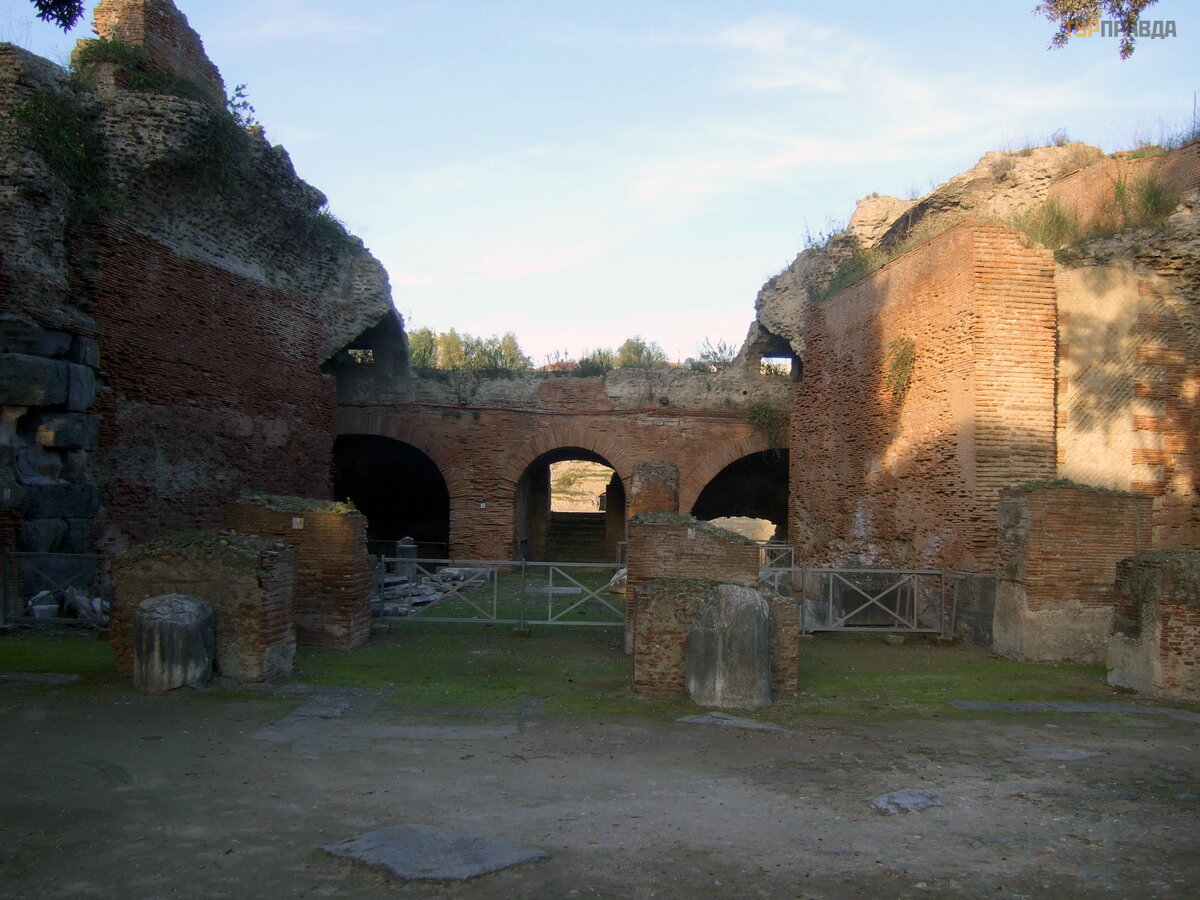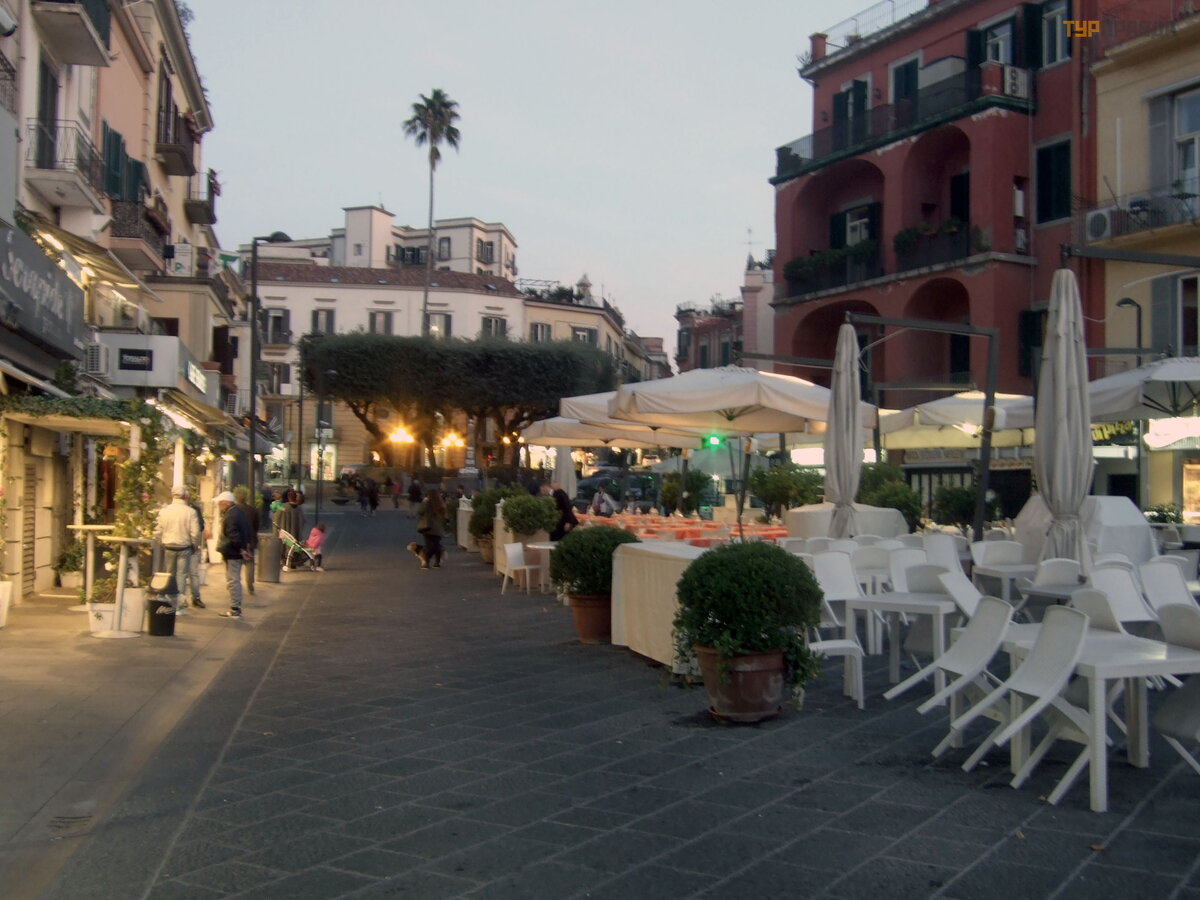My beautiful Naples. part 4. Phlegrean fields (Kuma, Bahia, Pozzuoli) continued

Lake Fusaro is separated from the Tyrrhenian Sea by a strip of beaches 300 meters wide. The lake is connected to the sea by three channels and the water in it is salty, which contributes to the cultivation of various seafood, which were grown there back in the 3rd century BC
The hunting lodge of King Ferdinand was built on the lake ("Vanvintelli's house", this is the architect who built the palace and park in Caserta). The house is located on an island connected to the shore by a bridge. It was visited by many celebrities, incl. Mozart, Rossini and Tsar Nicholas 1
From the Fusaro station we went to another legendary city - Baia (Baia or Bailly). Initially, the city was built as a port. Bailly became a luxury resort and a holiday destination for the elite closer to the beginning of the formation of the Roman Empire. Beautiful Amalfitana is now considered a prestigious vacation, and then Bailly was the most popular vacation spot for such prominent representatives of the Roman aristocracy as Julius Caesar, Nero, Caligula, Augustus, Pompey the Great, Mark Antony, Septimius Severus... the list goes on. Many here had their own villas. The city is also associated with famous events in Roman history. Here, in his own villa, Nero killed his mother Agrippina. Also, the Roman emperor Adrian died here, and Caligula built a five-kilometer pontoon bridge connecting Baii with the city of Pozzuoli, which he rode on a horse, because an astrologer named Thrasyll predicted that Caligula "has more chances to ride a horse across the bay of Baii, than to become an emperor.
The greatness of Baya ended with the barbarian invasions and plunder of Muslim rulers in the 8th century. After that, in the 16th century, the city sank into the Tyrrhenian Sea. Most of the city of Bailly rests under water. Underwater volcanic activity has turned the city into ruins. The whole earth in this place sank by six meters! This process, known as bradyseism (crustal wobble), was caused by the abrupt emptying of the magma chamber. Now there is an Underwater Archaeological Park, which stretches over an area of .14 hectares and which can be visited by ordinary glass-bottomed boats to admire the ruins of the most important thermal resort of the Empire, "Pusilla Roma" (that was the name of Bayou). Of course, it’s good to see the “Underwater Pompeii” on a boat, and the Phlegrian fields are not to be seen in one day, but again everything depends on time. And underwater views are good (I post photos from the Internet)
Let me remind you that we bought entrance tickets from us, valid for two days, including other attractions of Cuma, Bahia and Pozzuolli.
The hillside facing Bailly Bay is littered with ruins that are part of the "Archaeological Park of Bailly", a complex of structures that may have once been an emperor's residence. On one side, six terraces descend to the sea
Here is a good photo from the sea from the Internet
beautiful views of the bay from the top tier
To the right, on the hill, you can see the magnificent Bailly Castle, also known as the Aragonese castle, was built in the 15th century. and reconstructed during the reign of the Spanish Viceroys in Naples. Here is the Archaeological Museum of the Phlegraean Fields, which houses antiquities found in Baia, Misena and Pozzuoli. But we didn’t go there anymore, we decided to postpone it for other trips.
Lower terraces
These stairs led to the upper floors
One terrace was occupied by the same ambulatio that gave the whole villa its name. This is a large covered portico, divided longitudinally into two aisles next to arched pilasters.
Below is the "temple of Mercury", which is accessed by a corridor with arches
From the archway to the right, a corridor leads to the sector's most remarkable structure, the Temple of Mercury.
To be more precise, this is not a temple at all, but a room that played one of the important roles in any thermal or bath complex: it is either frigidarium (where you could cool off), or natatio (swimming pool). It was considered a temple for the shape of the dome
By the way, it has a hole for light, which makes the temple of Mercury look like a Roman Pantheon.
There are two more ancient buildings next to the archaeological park, but they are fenced off. These are the temples of Diana
and Venus.
Actually, these are again not temples, but part of large rooms for taking thermal baths - natatio. The diameter of the temple of Venus is almost 30 m. Unfortunately, the dome that once crowned the building failed, but traces of the annular balcony were preserved along the edge of the walls.
At this point, we decided to stop the tour of Bailly, we didn’t go to the Aragonese castle, because. it is quite far away, and land transport was not found. We again reached the Fusaro station, took the train and in 10 minutes we reached Pozzuoli. There are two stations in the city with a similar name, one is "Pozzuoli Ferrovia Cumana" (which we arrived on such a train)
refers to the Cuman railway, the second "Pozzuoli Solfatara" already refers to line 2 of the Naples metro.
It is named so because the famous Solvater Volcano is located nearby, it is an active volcano, or rather a smoking active crater. This is one of the main attractions of the Phlegraean Fields. An unsettling atmosphere reigns here: the land tormented by fire creates surrealistic paintings of unimaginable colors. Appeared 4000 years ago almost in the very center of the Phlegrean fields, Solfatara (from Latin sulpha terra, "sulphurous earth") reminds of itself with fumaroles, sources of carbonated mineral water, jets of hot mud and tremors. The largest of the fumaroles - Bocca Grande - spews water vapor containing various volcanic gases, giving the air a characteristic "rotten egg" smell. I really wanted to visit this iconic place, but in September 2017 Solfatara was closed to the public, because. there was a tragedy - people died there. The child crossed the fences and fell on loose soil with a vapor temperature of 150 degrees, the father and mother tried to help, but all three fell into the hot mud.
It's a pity they closed it, people write that the experience is unforgettable, there were even ovens for steaming food. So, in the 19th century, a trip to the Phlegraean Fields was an obligatory item on the journey of young English aristocrats to the continent. And the journey itself, as it were, completed their education. It remains only to look at other people's photos
Pozzuoli was founded by the Greeks in 520 BC, and called the "City of Justice", later by the Romans it was renamed Puteoli (which in Latin means "wells" - because of the numerous sources that exuded fetid sulfuric fumes) and became the most major port of ancient Rome. In 61 BC in the port of Pozzuoli, St. Paul disembarked. He arrived on an Alexandrian ship carrying grain.
The decline of the city began in 70 BC. A port was built in Ostia, closer to Rome and Pozzuoli began to grow poorer and collapse. The coastline gradually collapsed, and the locals were forced to leave their homes on the sea coast, moving inward,
Pozzuolli is not far from Naples. At 7 km is the Sao Paulo stadium, where Napoli plays and the Posilippo hill, under which the ancient Romans made a tunnel. It's a pretty big port now.
The legendary Sophia Loren is from Pozzuolo.
The city was also badly damaged by the earthquake of 1562, part of the city went into the sea and underground. The city was heavily bombed and during the 2nd World War, because. there were many strategically important objects (port, railways).
It must be said that it is difficult to move around the city, because a strong elevation difference from the port to the upper station of the railway. Therefore, I had to take a detour or climb numerous stairs.
The temple of Serapis (1st-2nd century AD), located to the east of the port, is evidence of the former lively trading activity in Puteoli, named after the statue of this Egyptian deity found here. But in fact it was a macellum - the city's food market.
As a result of the slow sinking of the land (about 2 cm per year), its ruins by the XIII century. were under water and stayed there until the XVI century. As evidence of this, numerous traces of stone-boring mollusks have been preserved on the columns. The maximum water level was 5.71 m above the floor.
The main attraction of Pozzuoli is the Flavius Amphitheatre.
Its construction began during the reign of Emperor Vespasian and was completed under his son, Emperor Titus. The arena of the amphitheater could accommodate up to 20 thousand spectators. It was here that Saint Procolus, who later became the patron of Pozzuoli, and Saint Januarius, the patron of Naples, were executed in 305.
The interior of the Flavius amphitheater has survived to this day almost intact, and today you can see fragments of devices with which the cages were lifted up to the arena. The dimensions of the amphitheater are still amazing - 147 by 117 meters (the arena was equal to 72x42 meters).
Of course, in the off-season the amphitheater closes early and we didn't get there. However, two days ago we examined another, in Capua. Therefore, we filmed only because of the fence (the amphitheater is located in the center of a rather busy quarter).
Evening has already come
The only energy left is for dinner (the Phlegraine fields are famous for their excellent wines, grapes grow on heated soil) and for a trip to the hotel.
Thus ended the busiest day of our trip. Actually, if everything was calculated in advance, then for good it would be necessary to come in the beach season and combine sightseeing with relaxing on the beaches.
